 Abraham Lincoln
If given the truth, the people can be depended upon to meet any national crisis...
Abraham Lincoln
If given the truth, the people can be depended upon to meet any national crisis...
 Guildford news...
for Guildford people, brought to you by Guildford reporters - Guildford's own news service
Guildford news...
for Guildford people, brought to you by Guildford reporters - Guildford's own news service
Birdwatcher’s Diary No.98
Published on: 29 Nov, 2015
Updated on: 29 Nov, 2015
By Malcolm Fincham
Continuing my quest to keep bringing up-to-date pictures for my reports is most certainly a challenge at this time of year, with fewer hours of daylight and the inclement weather November can bring.
On my local patch at the Riverside Nature Reserve, wintering teal were now starting to accumulate in larger numbers, counting more than 40 in recent days on the flooded scrape near Stoke Lock. Click on pictures to enlarge in a new window.

Black-headed gulls winter gathering as a brief cold spell puts a thin layer of ice on the flooded scrape by Stoke Lock.
While the black-headed gulls now gathering there included a Mediterranean gull reported among the flock on November 15. This I unfortunately missed out on due to being elsewhere that day.
On Stoke Lake the wintering flock of tufted ducks now exceeded 25.
While as many as six cormorants could be seen most days resting on the tern raft.
Grey herons seem to be a more regular sight at this time of the year, seen regularly both along the river and occasionally visiting the lake.
While on November 27 high above the lake I spotted a red kite drift over.
Also that day I had my first sighting this winter of a little grebe, hardly visible to the naked eye, feeding along the River Wey on the stretch between Stoke and Bowers Locks.
These tiny members of the grebe family I much prefer to call by their formerly known name dabchick. Far more fitting for such a tiny critter I feel.
Mixed flocks of small birds made up of long-tail tits, blue and great tits along with a few gold crests could occasionally be heard and seen calling as they made their way through the hedgerows, leaving a silence in their wake.
Another location I always like to visit, despite it often being so quiet this time of year, is Thursley Common. ”It’s not always about the birds”. This I always remind myself before going on any of my walks, especially when I start getting too expectant on seeing something in particular.
Often just taking in the beauty of the landscape and being at one with the countryside is more than enough.
With only a handful of reports of the great grey shrike being present since I last saw it and having the fortune of getting some pictures in my October report, I wasn’t too disappointed that it wasn’t present on this visit.
It certainly seemed quiet in the way of bird life on November 11 when I visited. However, making the most of what was one of just a few pleasant days during the first half of the month, I was able to pick out a small group of fieldfares as they flew over.
As well as a group of lesser redpolls feeding in some silver birch.
Similar to Stoke Nature Reserve, small groups of tits and gold crests and other small birds could occasionally be seen gathered in flocks as they passed through seeking food.
Taking in the serenity of the landscape that surrounded me, I ambled toward the tumulus mound beyond shrike hill. It was there I caught sight of a bird quartering low across some marshy grassland a little way off. Raising my binoculars I instantly recognised what it was.
Having already seen two this autumn (one at Stoke Lake and one at Farlington) and photographed them both just a few weeks ago, I found myself privileged, once again, to have another sighting of a short-eared owl.
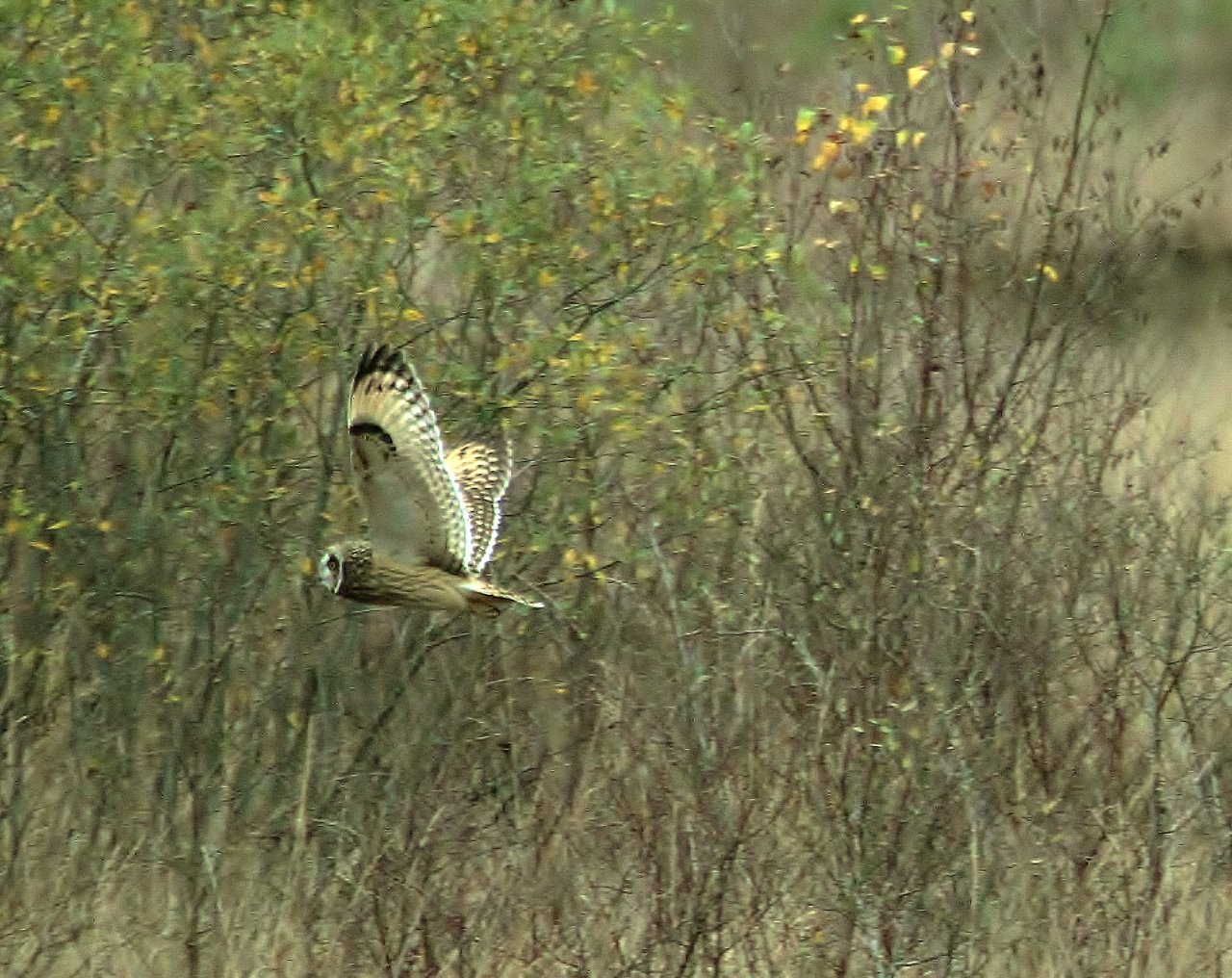
Short-eared owl, Thursley Common. The short-eared owl is largely nocturnal and crepuscular (dusk and dawn), but it is still one of the most active British owls during daylight.
With some patience and while using some surrounding trees as as a backdrop to stay out of its view, I was able to get some closer shots.
Short-eared owls have made quite an influx so far this winter, coming in from Europe on the brief spell of easterly winds we had back in early October.
A call from a good birdwatching pal Dougal on November 15 took us both on a trip to Island Barn Reservoir in north Surrey.
A great skua had been reported there. Although seeing them at close quarters on our visit to Scotland, they rarely visit Surrey and so was a good addition to our ‘Surrey Sightings’ lists.
While another friend, Bob, invited me to see and take a few pictures of the ring-neck parakeets that invite themselves to his garden feeding station in Wood Street Village.
Unfortunately, I wasn’t there when, on occasions, he has, in the last few months, had a red kite come to visit, perching in a tree at the foot of his garden.
Often posing for some stunning pictures as shown.
Although quite envious of the pictures he had taken, with my dreams of them once more gracing the Surrey hills starting to become a reality, I’m ever hopeful that such close encounters will soon come my way too.
With Farlington in my thoughts and a possible opportunity of getting some more short-eared owl pictures, (somehow alluding my wife to think I was becoming obsessive about them) I managed to persuade her on another trip to Portsmouth, hoping to improve on the ones I had previously taken.
However, for me, a visit to Farlington Marshes near Portsmouth is much more than that.
One of my main fascinations are the large skeins of brent geese that arrive there from their breeding grounds 2,500 miles away in Siberia.
The type regularly seen at Farlington are the sub-species called dark-bellied brent geese, spending the winter on the east and south coasts of England, about 100,000 come to the UK, with about 30,000 coming to the Solent harbours and coast. Up to 6,500 geese use Langstone Harbour, and about 2,700 use Portsmouth Harbour.
The first arrivals for the winter are mainly in mid September. In autumn they eat algae and eelgrasses in the shallow waters of the harbours. As these sources become depleted, they move on to grass pastures, winter wheat and other crops.
In spring, most geese migrate back to Siberia by the end of March.
It’s always a great opportunity to see large gatherings of wintering ducks and waders too.
These included pintail.
Shoveller duck.
As well as good numbers of wintering wigeon.
And also teal.
Black-tailed godwits in their large flocks. Taking flight in unison as the tide starts to turn.
Curlew can also be viewed, feeding on the mudflats while the tide was out.
A group of dunlin could be viewed feeding on the mudflats.
Suddenly taking flight together as the tide rushed in. Then joining up with others, they could be seen wheeling and spinning in flight out in the harbour.
Kestrels are almost always a guarantee to see there.
With some very obliging to the camera.
A few stonechats could also be observed on various parts of the reserve.
Little egrets are also a common sight around the reserve at this time of the year.
On my recent visit a spoonbill was also present there, although quite distant, with its long spatula-like bill tucked in.
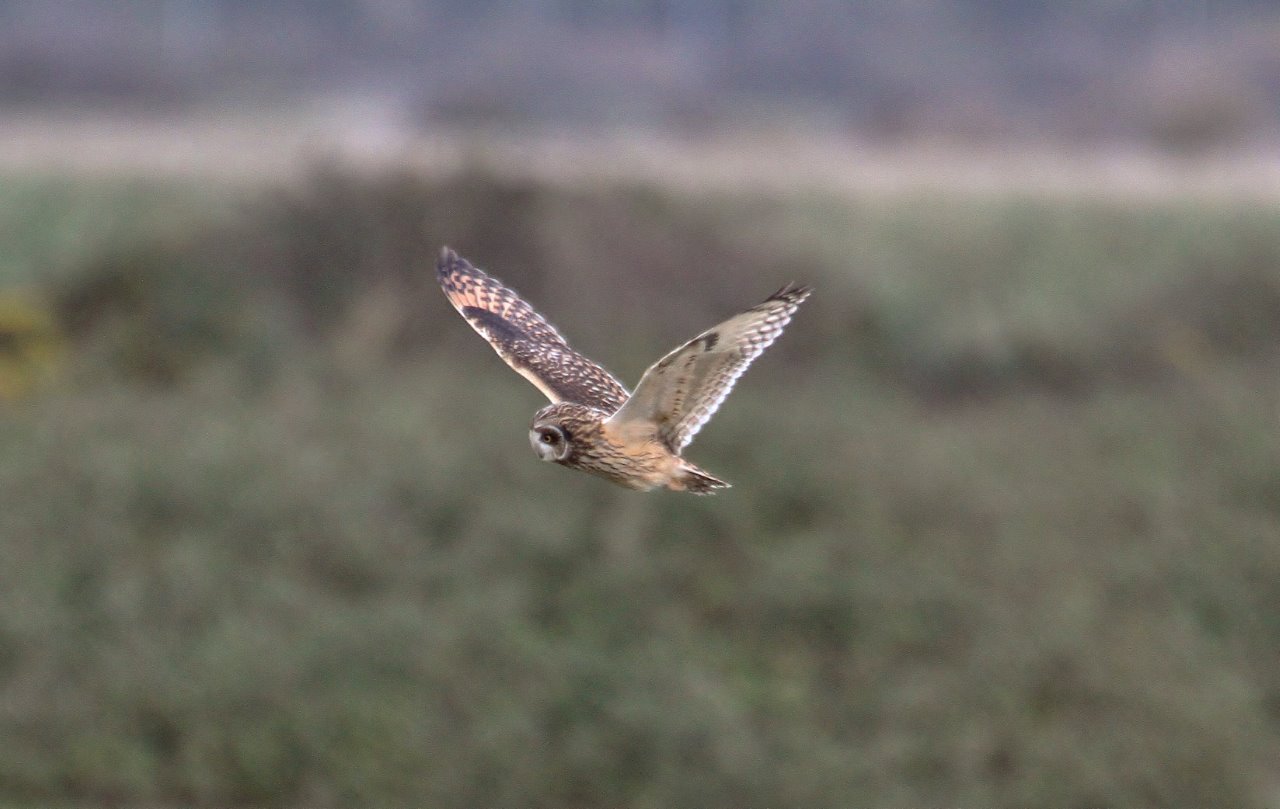
Short-eared owl at Farlington. Bird ringing recoveries suggest that a proportion of the birds seen on the east coast in autumn originate from Scandinavia, with some remaining for the winter.
I must confess, however, that the highlight of the day was indeed the sighting of not just one, but at least three short-eared owls.
Watching them for over an hour, I felt not a minute was wasted as they glided gracefully back and forth, quartering the fields and marshland in their quest to find food.
Like other members of the owl family, these birds hunt mostly at night, however the short-eared owl is known to be diurnal and crepuscular as well.
Their daylight hunting seems to coincide with the high-activity periods of voles.
Responses to Birdwatcher’s Diary No.98
Leave a Comment Cancel reply
Please see our comments policy. All comments are moderated and may take time to appear. Full names, or at least initial and surname, must be given.
Click on cartoon for Dragon story: Public Asked for Views on SCC’s Proposal for Reduced Speed Limits


Recent Articles
- Updated: Local MPs Vote in Favour of Assisted Dying
- Guildford Plans Three-Day Celebration In a Festival of History And Culture
- Local Therapy Garden Supporting Mental Health Shortlisted for BBC Award
- Thousands of Year Six Pupils at Guildford Cathedral for a Special Send Off
- New Surrey Research to Find Solutions to Local Challenges
- Comment: What Are We To Make of the GBC Executive ‘Reshuffle’?
- Bensons for Beds Opens New Store on Guildford High Street
- ‘Politics Is Not Always a Kind Place’ Says Dismissed Lead Councillor
- Merger Between Reigate & Banstead and Crawley Councils Ruled Out
- Letter: It’s Almost Like We Have Been Abandoned By the Council


Recent Comments
- John Redpath on ‘Politics Is Not Always a Kind Place’ Says Dismissed Lead Councillor
- Jules Cranwell on ‘Politics Is Not Always a Kind Place’ Says Dismissed Lead Councillor
- Ben Paton on ‘Politics Is Not Always a Kind Place’ Says Dismissed Lead Councillor
- Angela Gunning on ‘Politics Is Not Always a Kind Place’ Says Dismissed Lead Councillor
- Nigel Keane on A281 At Shalford Has Now Reopened Following Repairs to Damaged Roof
- N Hatcher on New Electric Trains Now Arriving at Guildford – 100 Years After the First One Did
Search in Site
Media Gallery
Dragon Interview: Local Artist Leaves Her Mark At One of England’s Most Historic Buildings
January 21, 2023 / No Comment / Read MoreDragon Interview: Lib Dem Planning Chair: ‘Current Policy Doesn’t Work for Local People’
January 19, 2023 / No Comment / Read MoreA3 Tunnel in Guildford ‘Necessary’ for New Homes, Says Guildford’s MP
January 10, 2023 / No Comment / Read More‘Madness’ for London Road Scheme to Go Ahead Against ‘Huge Opposition’, Says SCC Leader
January 6, 2023 / No Comment / Read MoreCouncillor’s Son Starts Campaign for More Consultation on North Street Plan
December 30, 2022 / No Comment / Read MoreCounty Council Climbs Down Over London Road Works – Further ‘Engagement’ Period Announced
December 14, 2022 / No Comment / Read MoreDragon Interview: GBC Reaction to the Government’s Expected Decision to Relax Housing Targets
December 7, 2022 / No Comment / Read MoreHow Can Our Town Centre Businesses Recover? Watch the Shop Front Debate
May 18, 2020 / No Comment / Read More



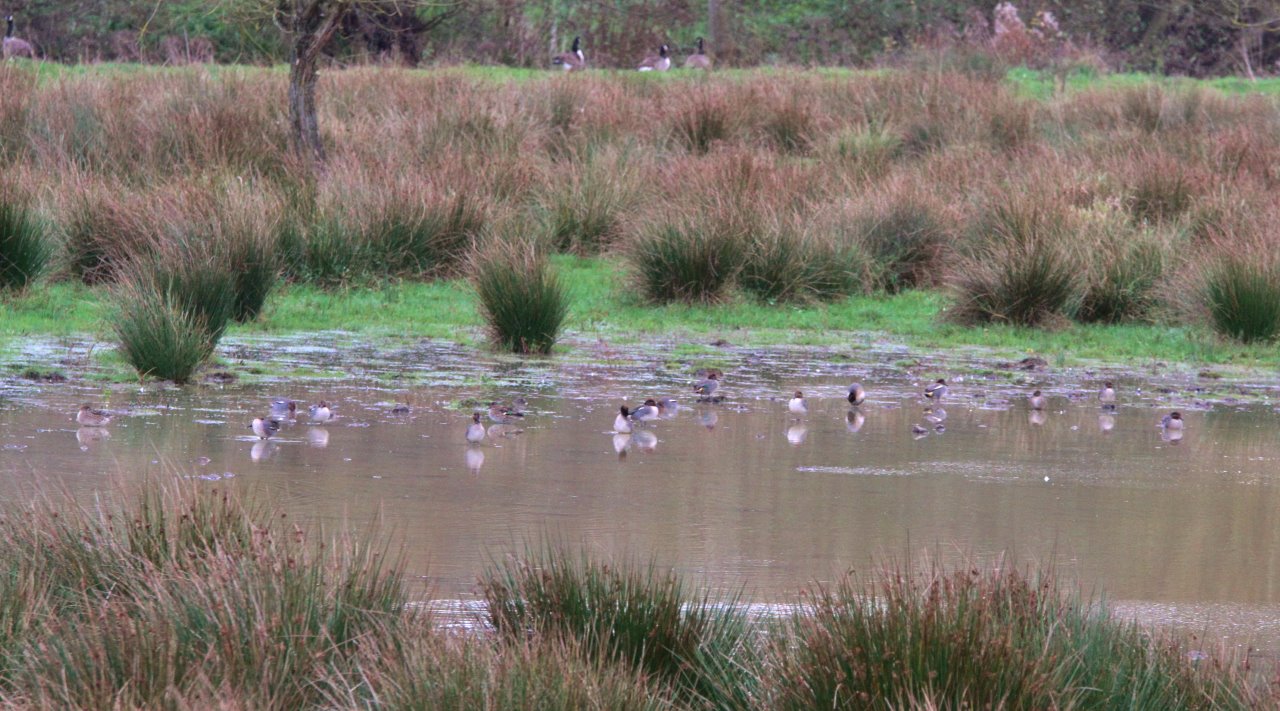
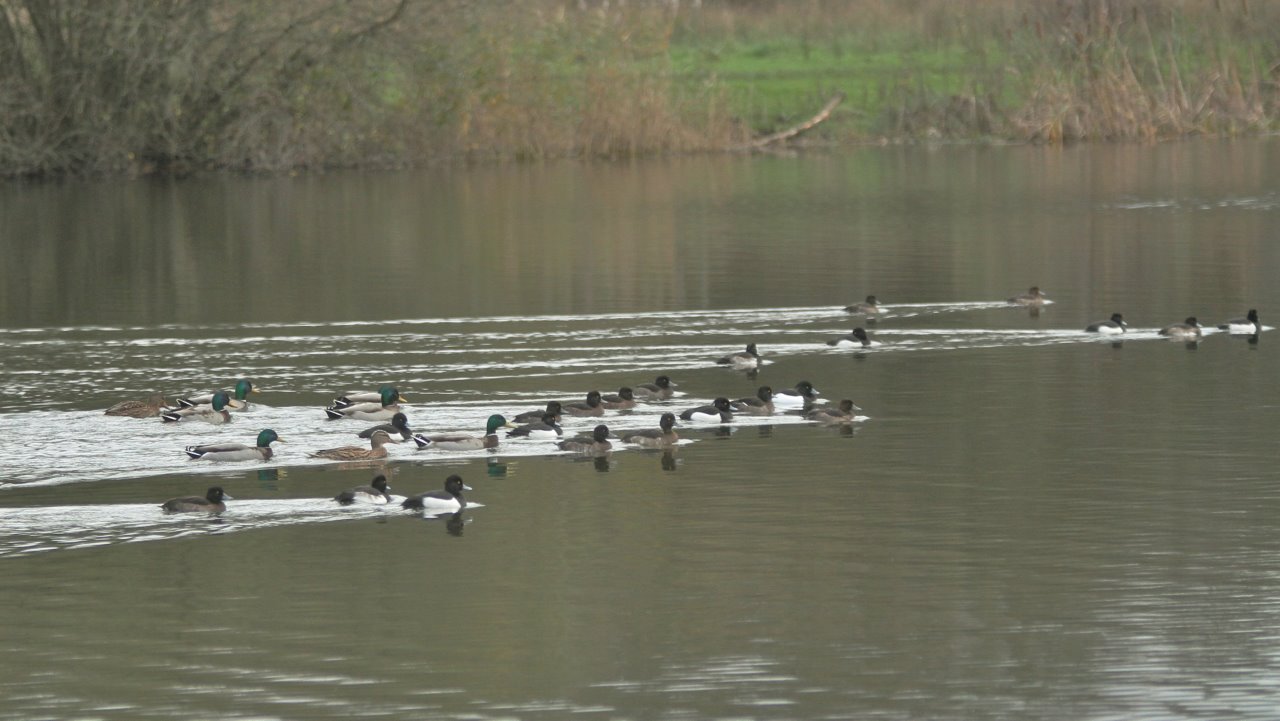
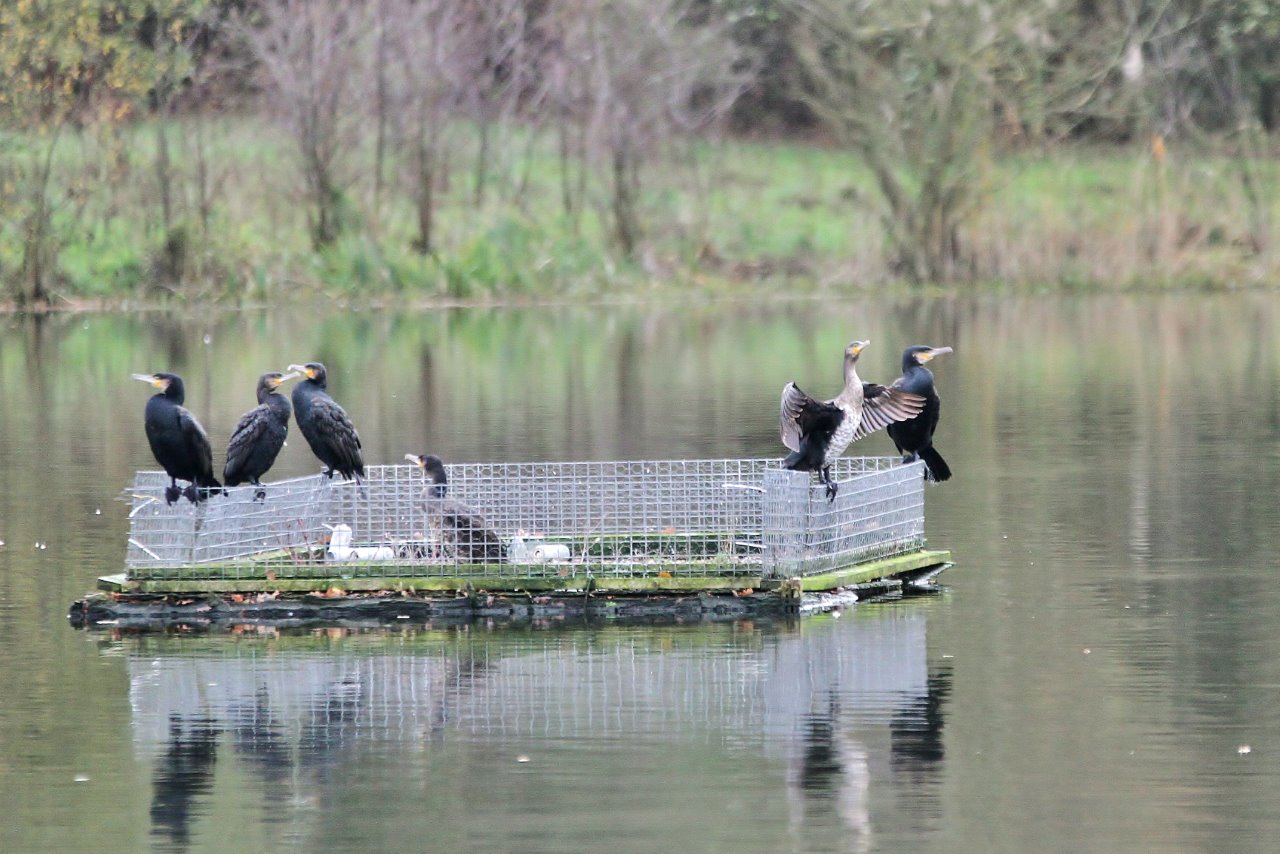
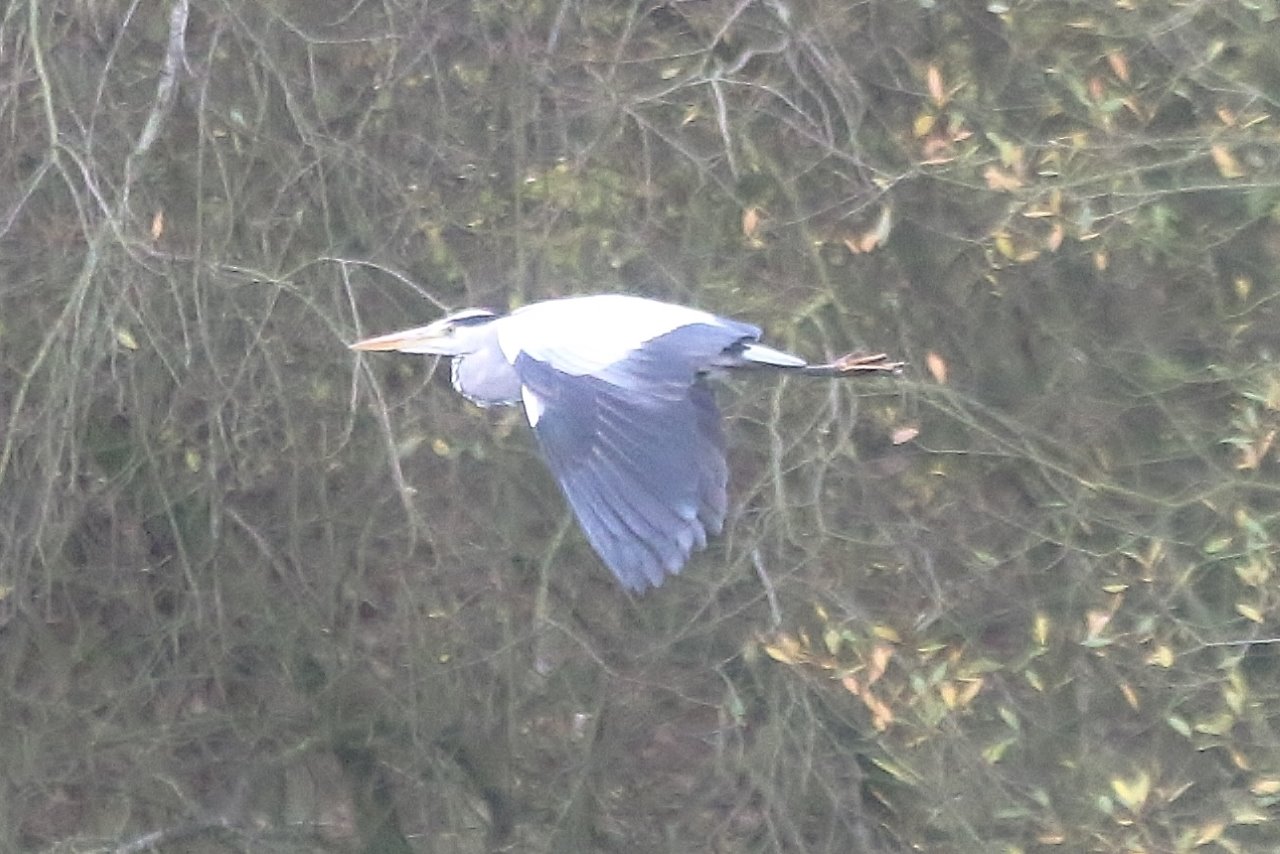
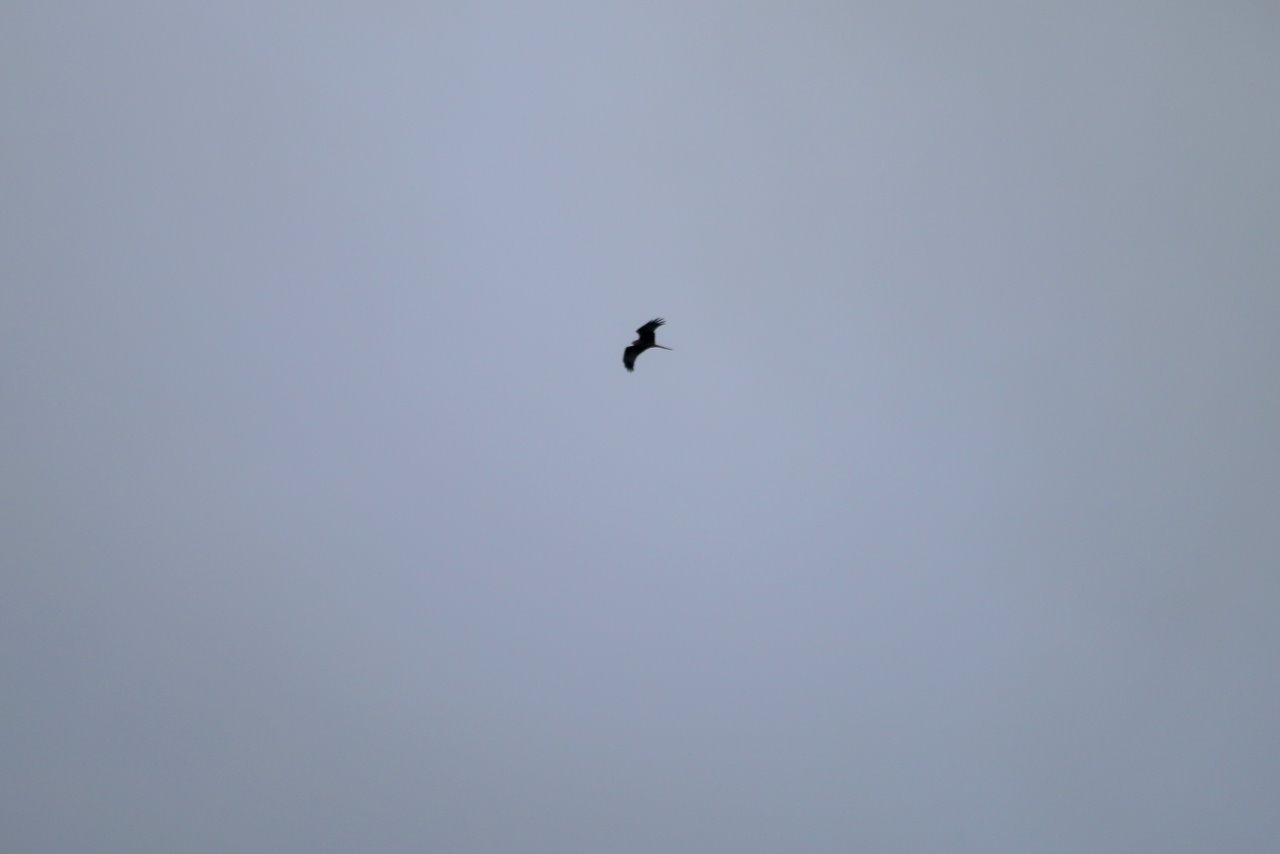
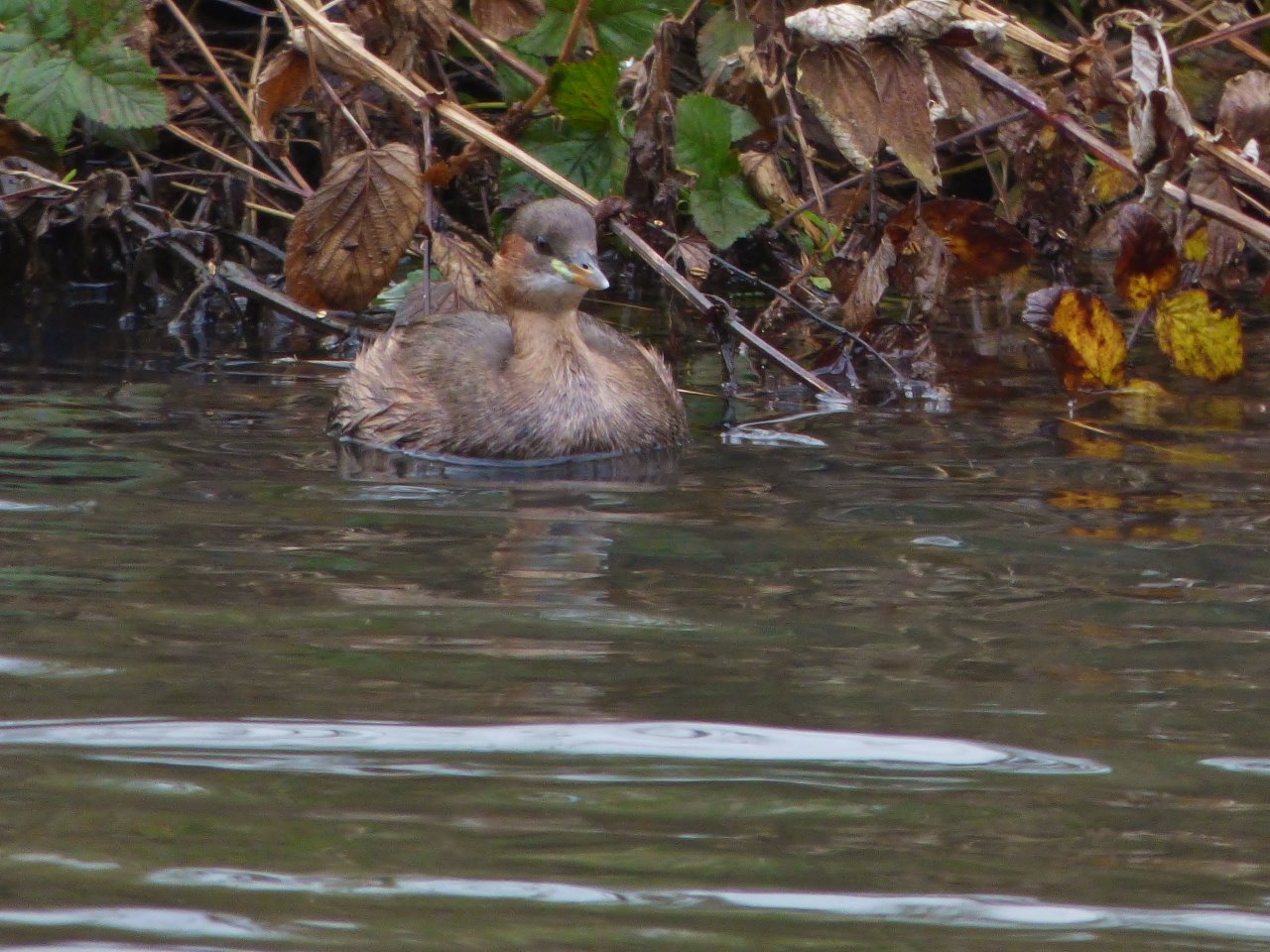
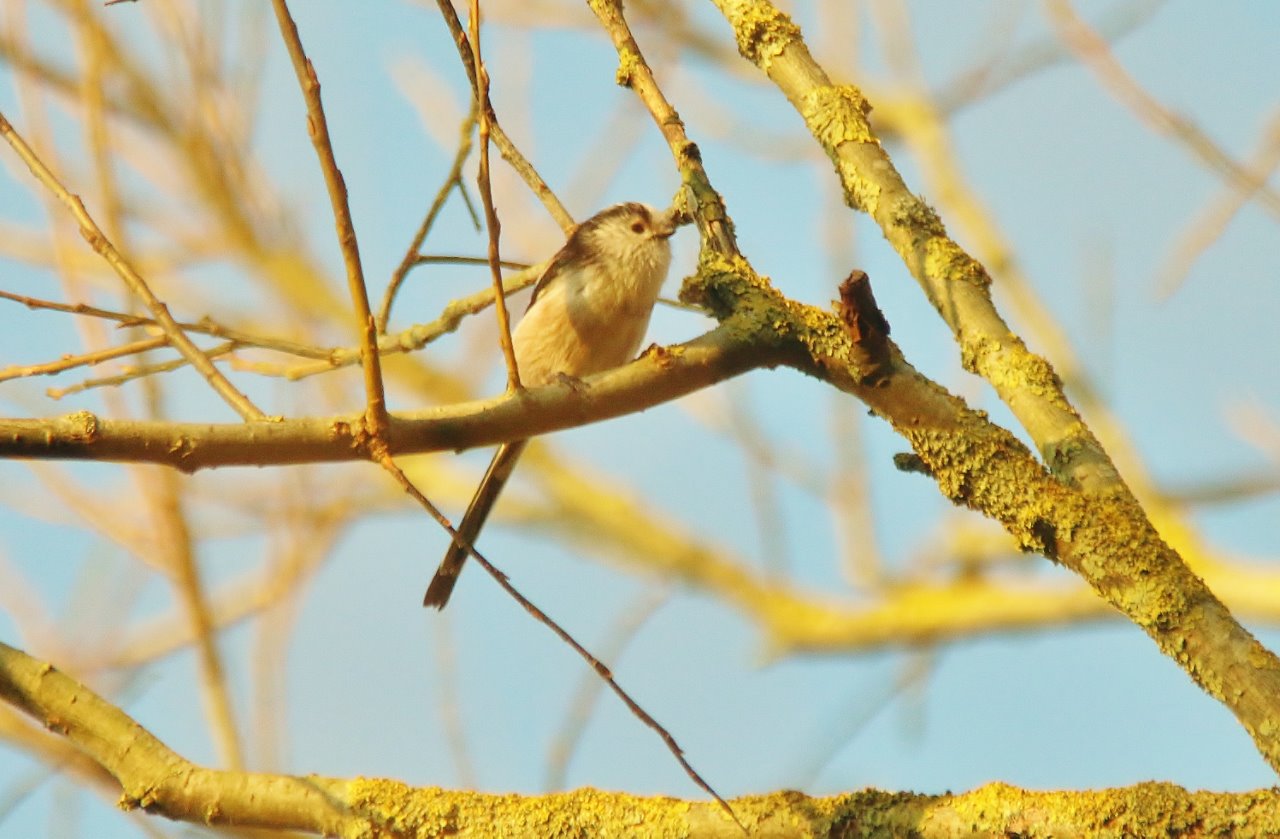


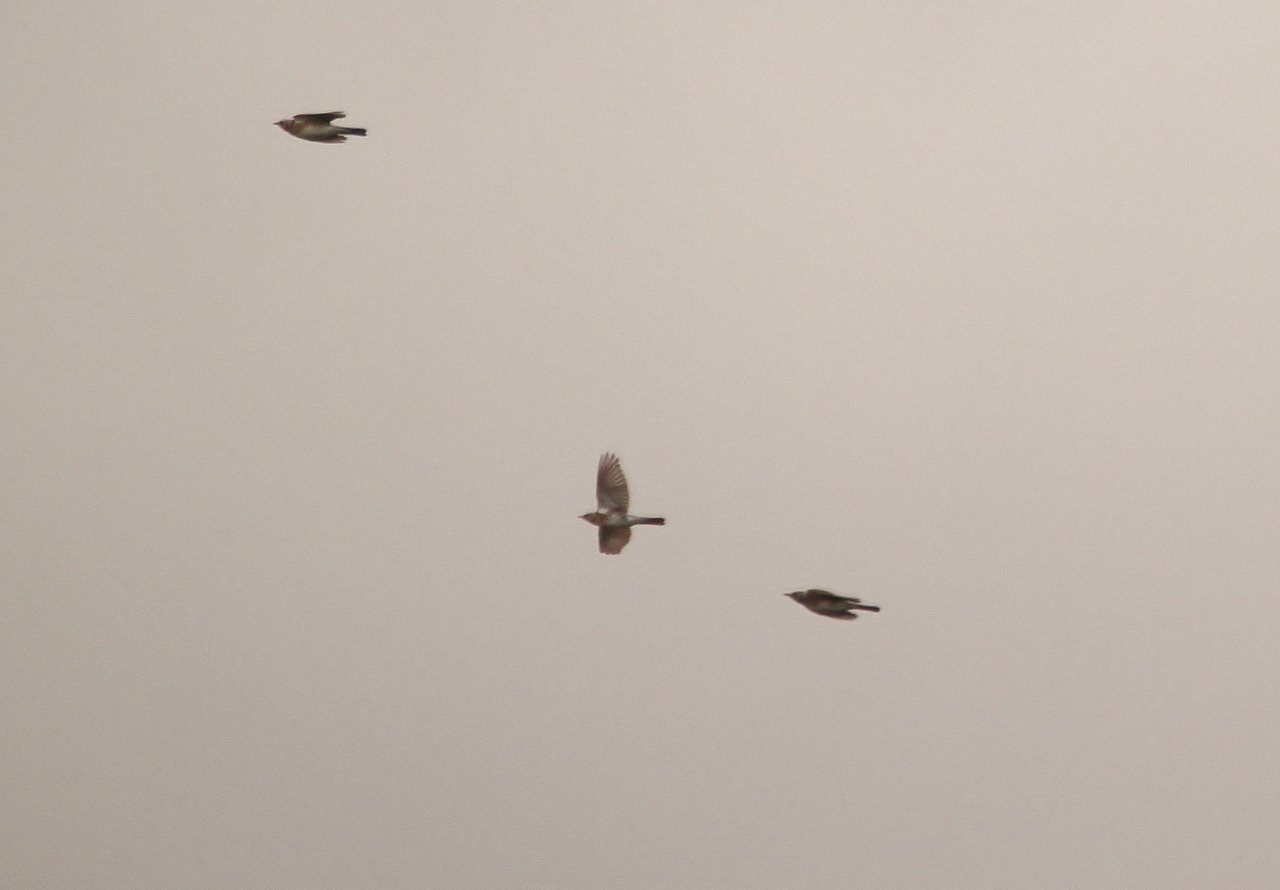
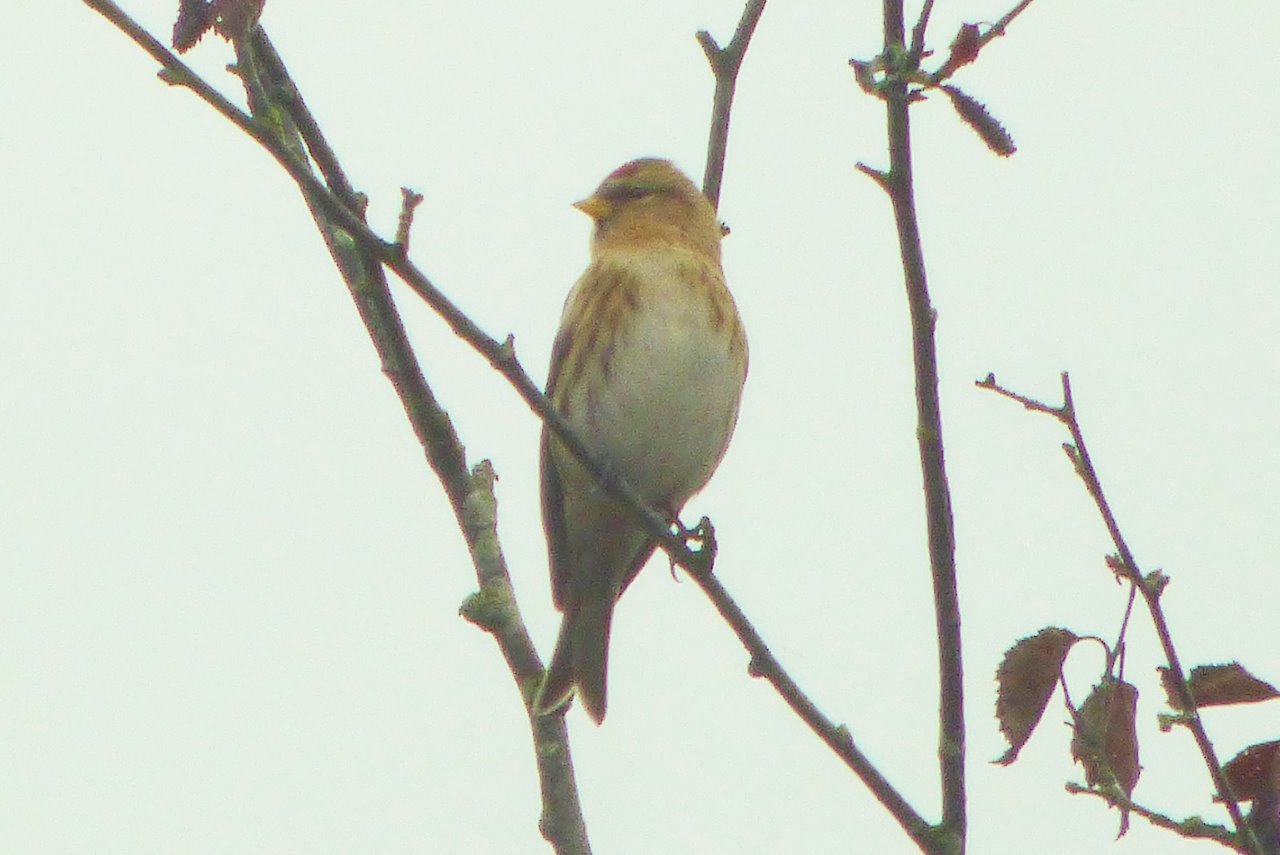
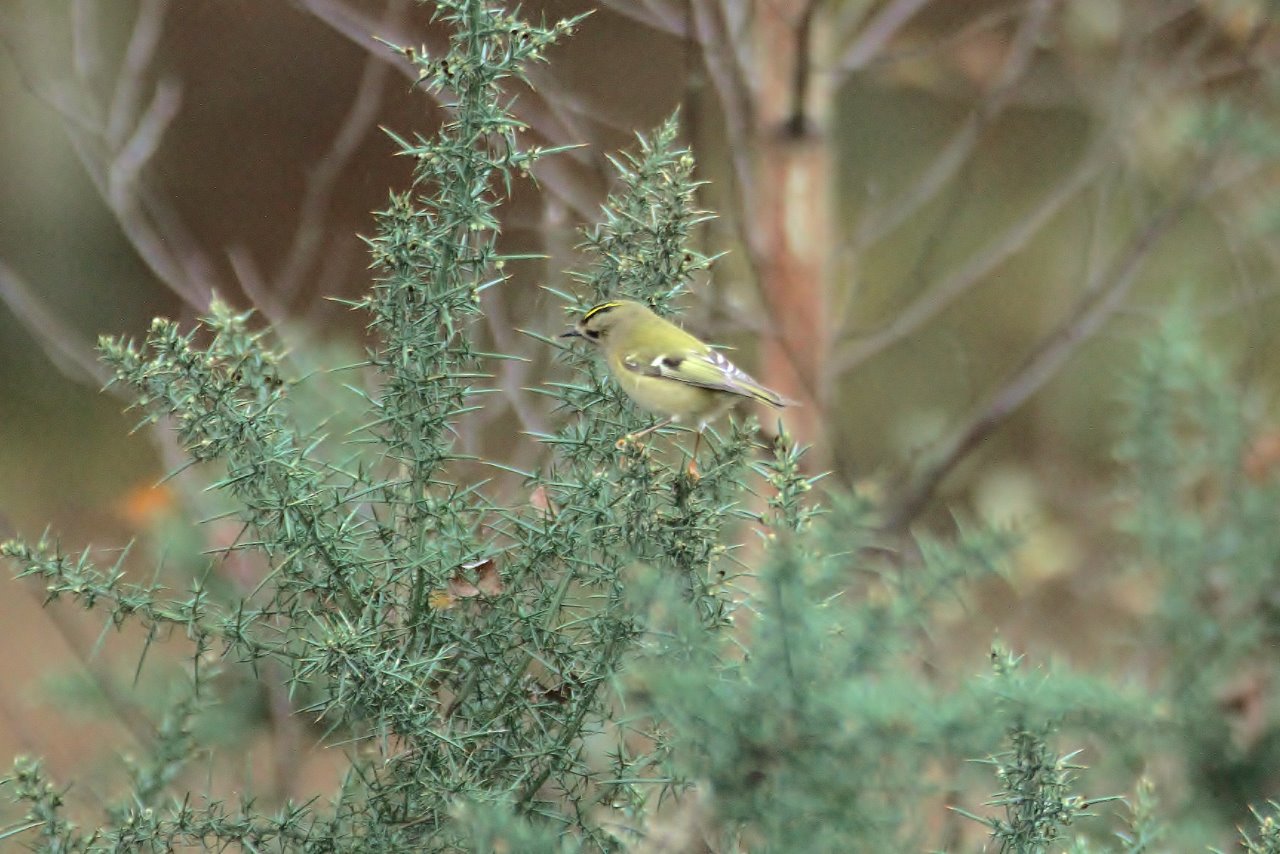

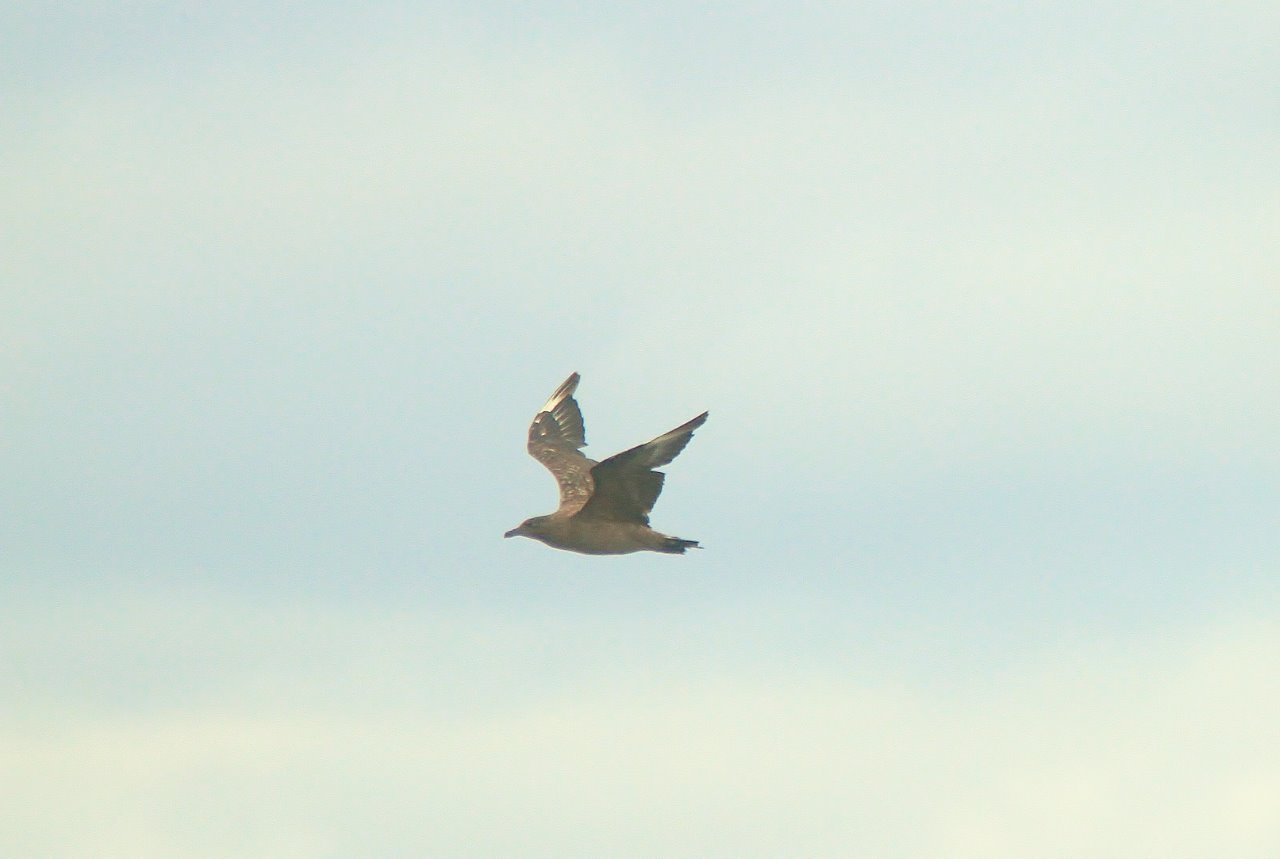
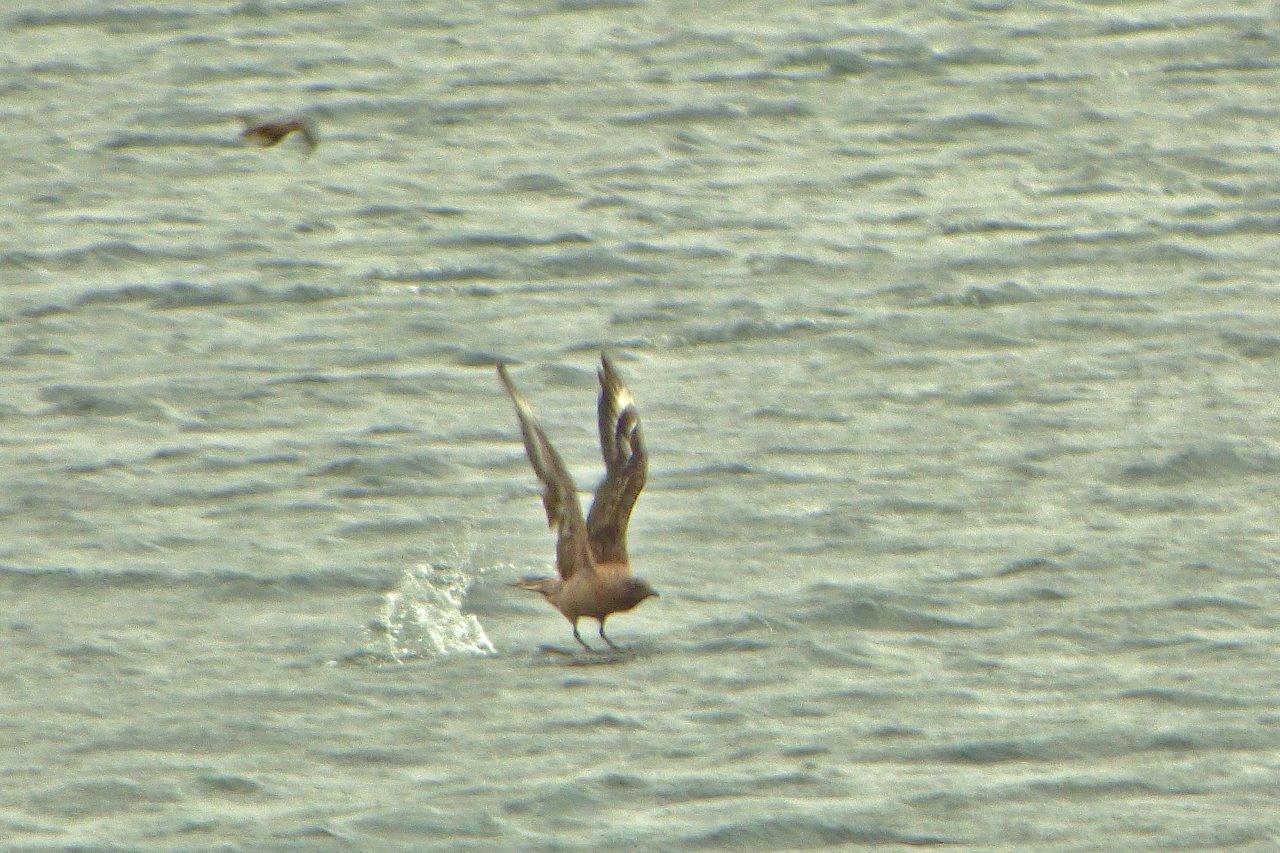
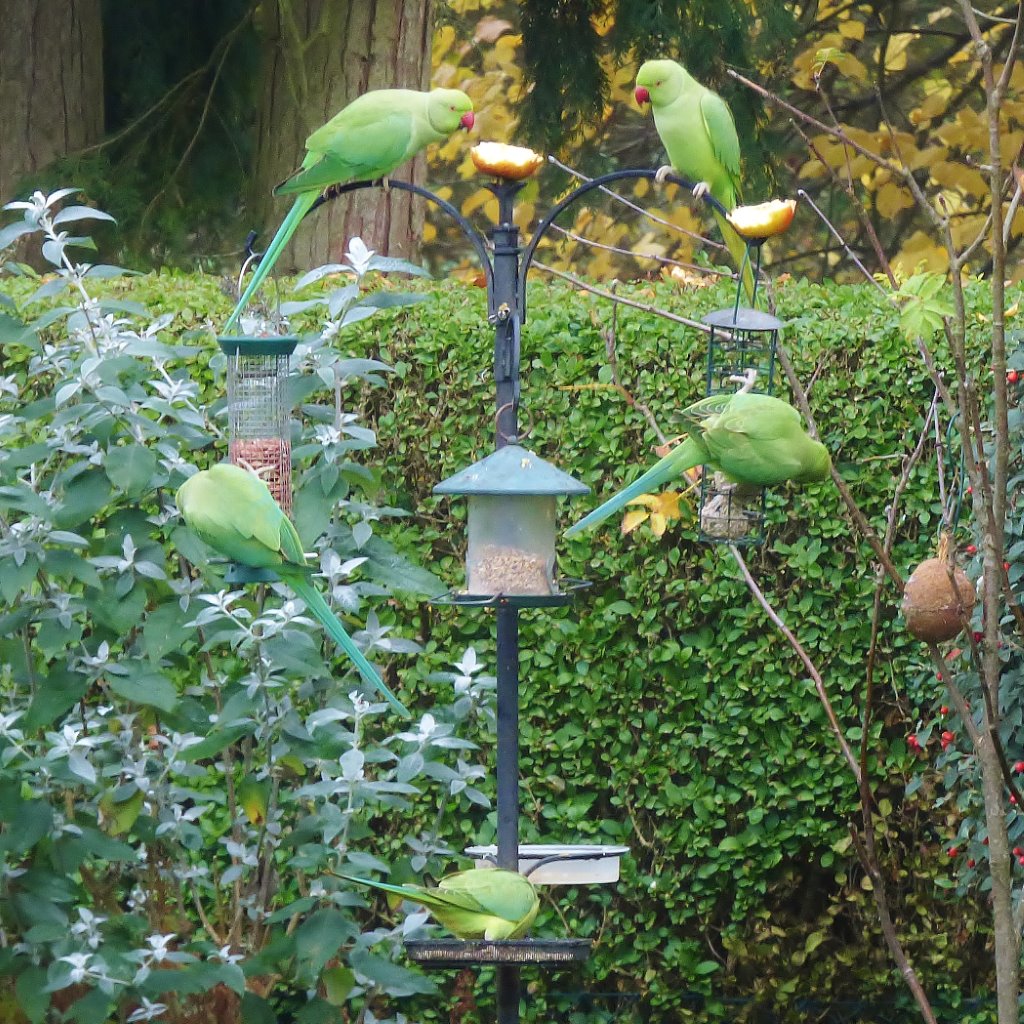
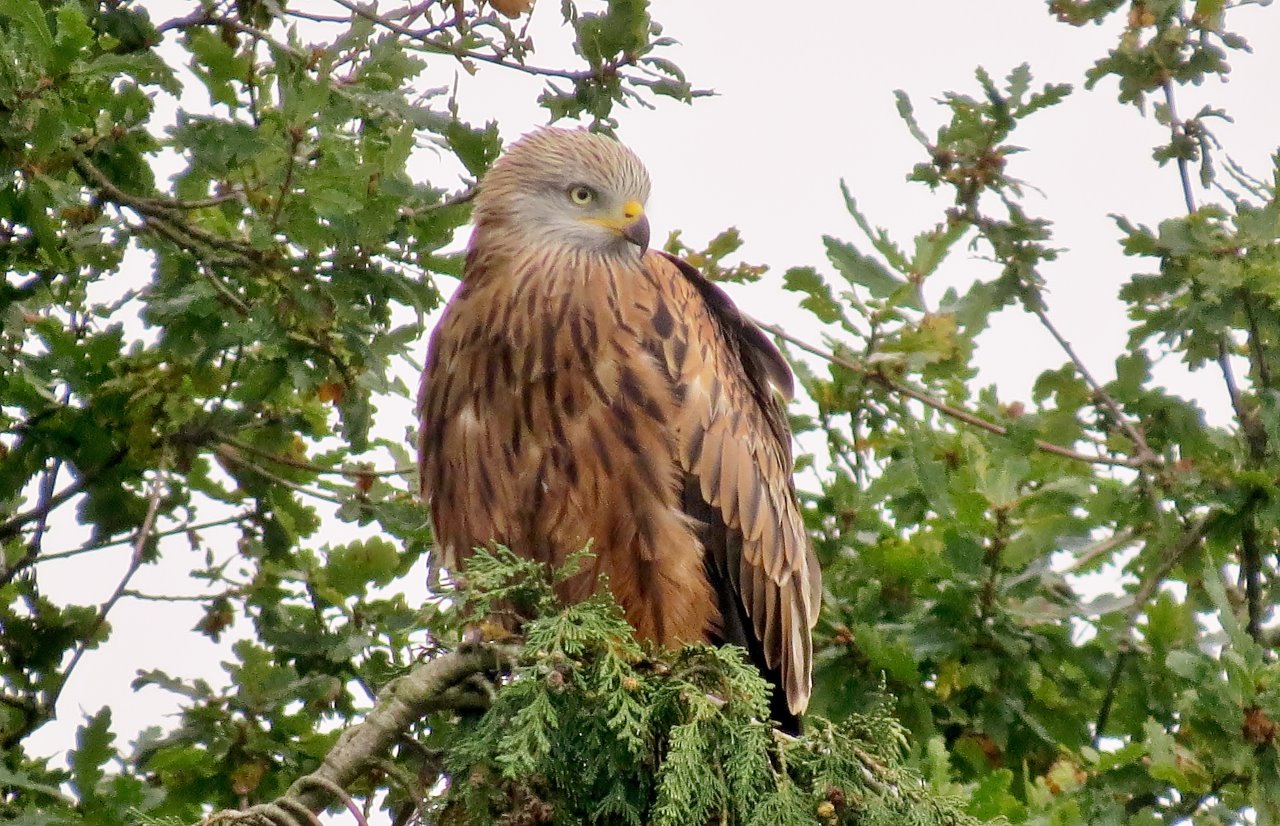
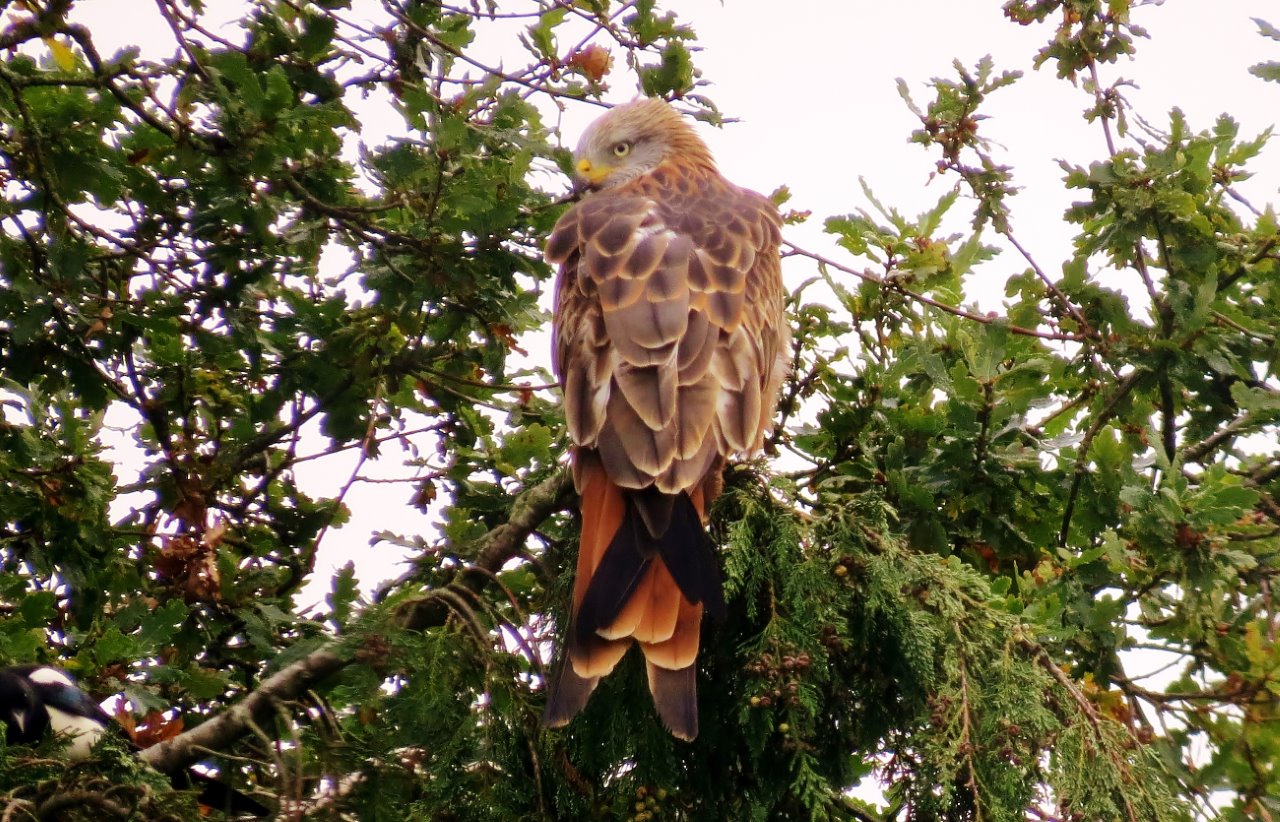

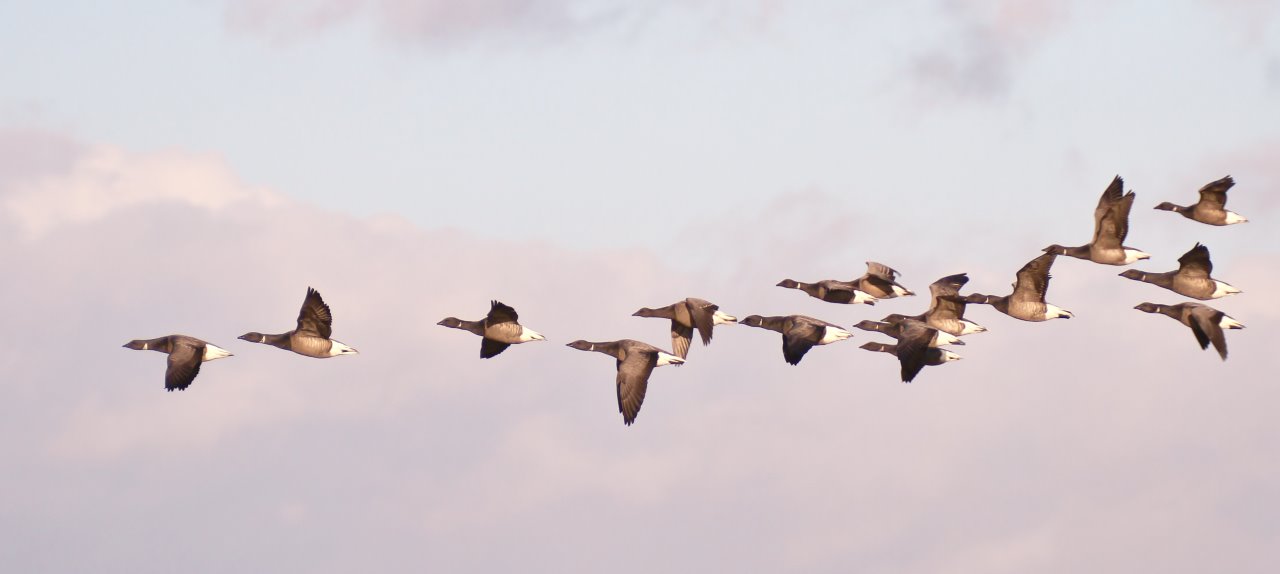
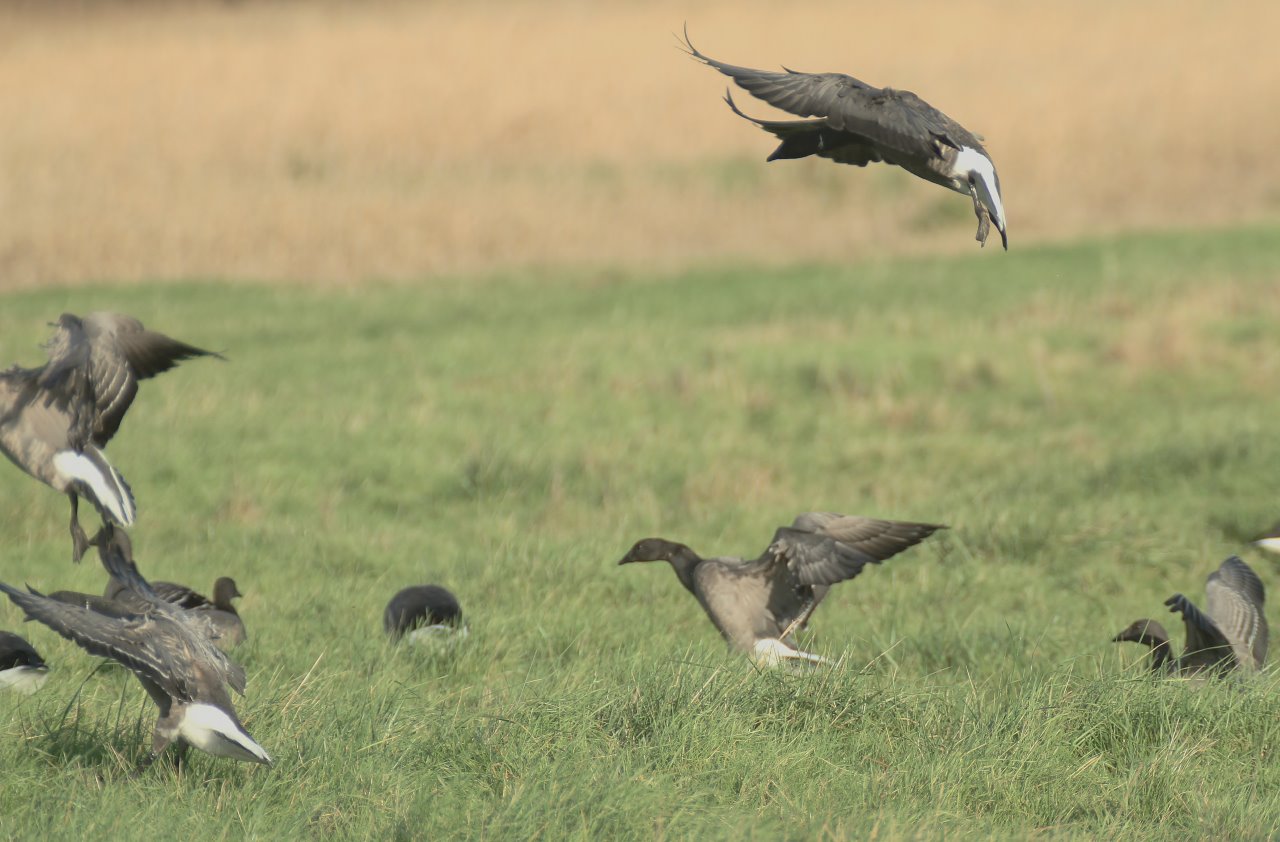
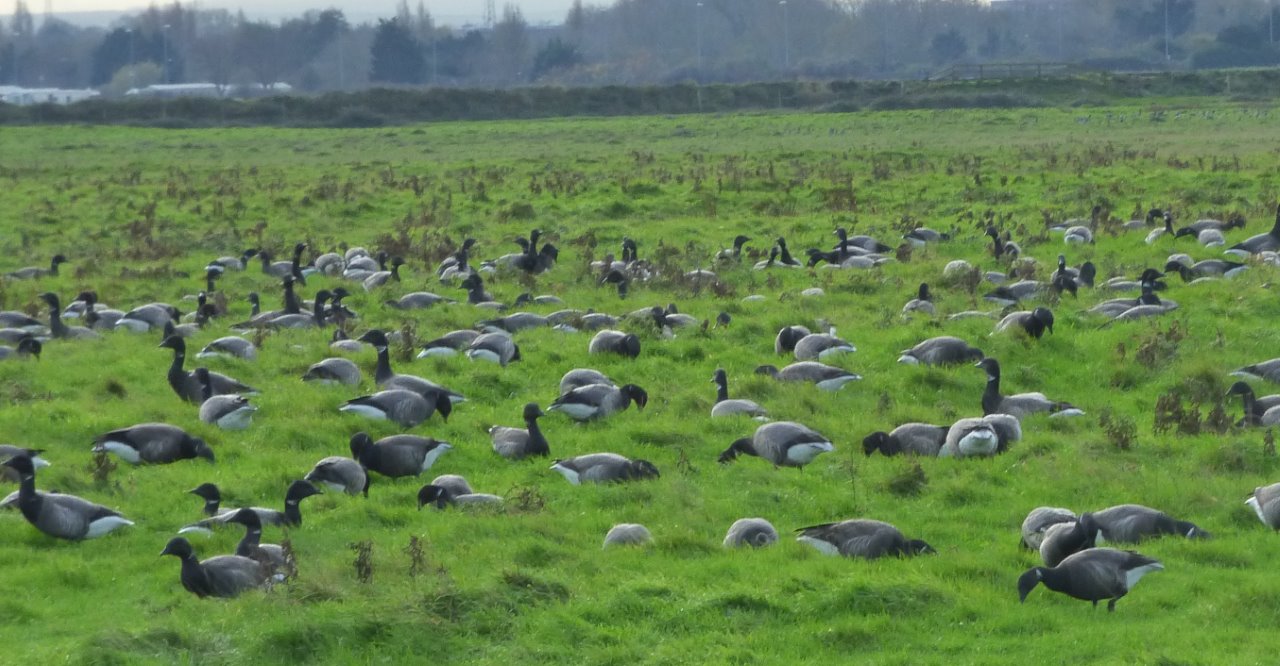

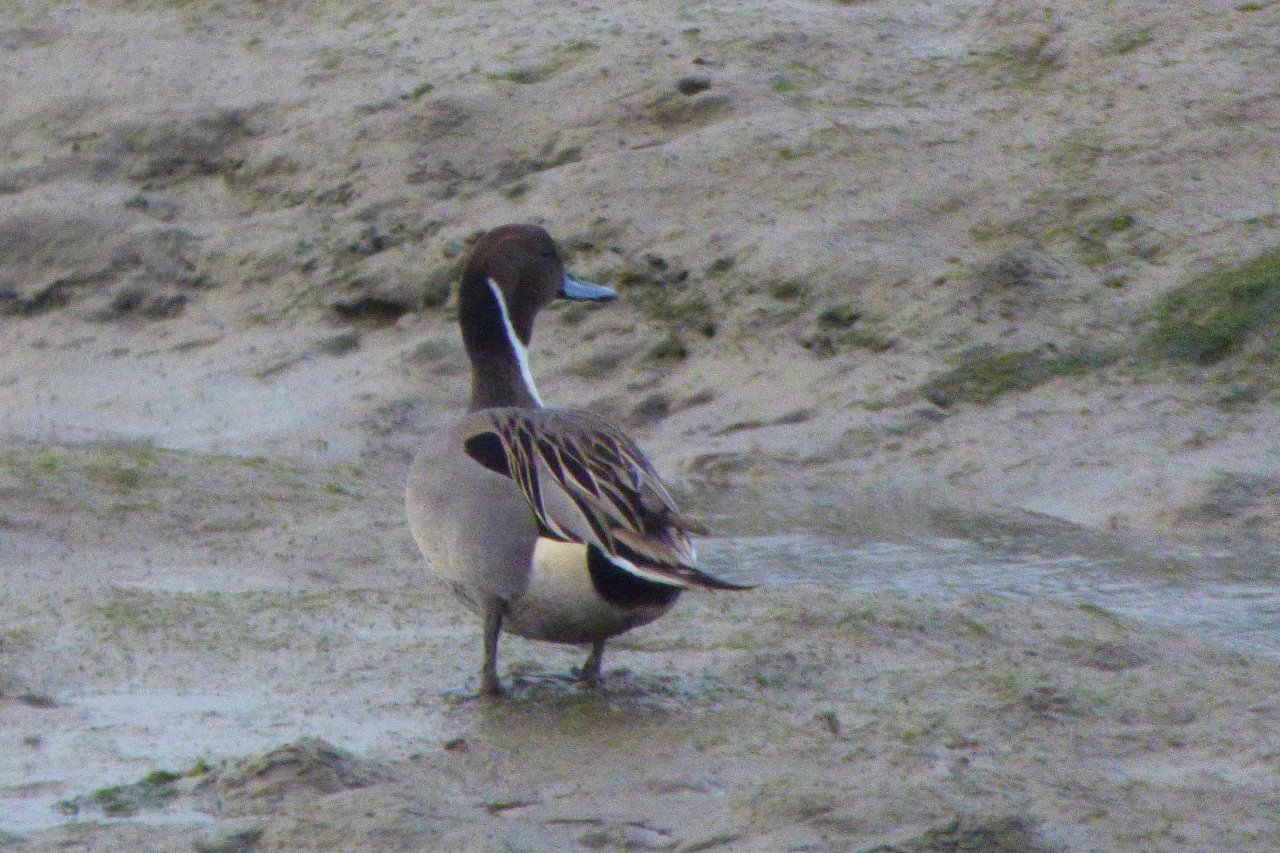
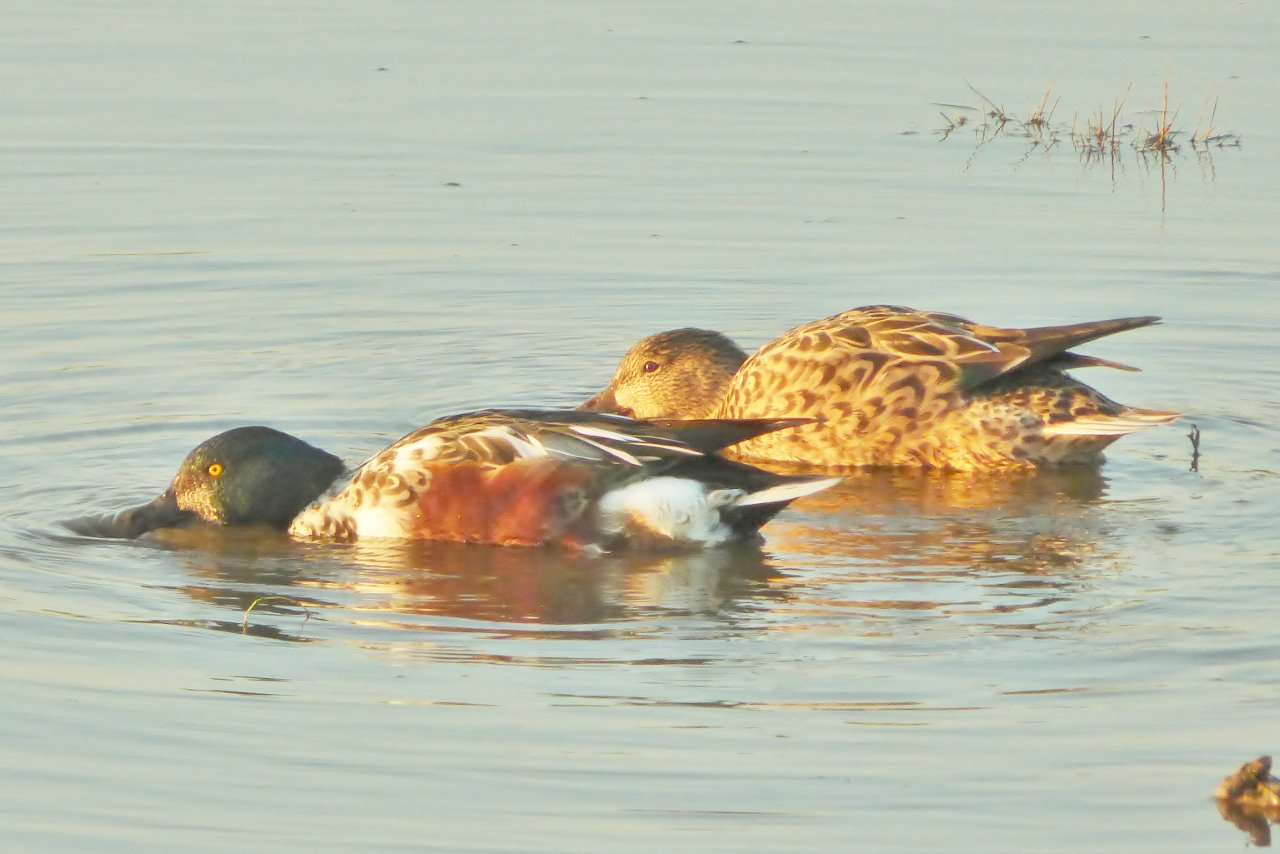
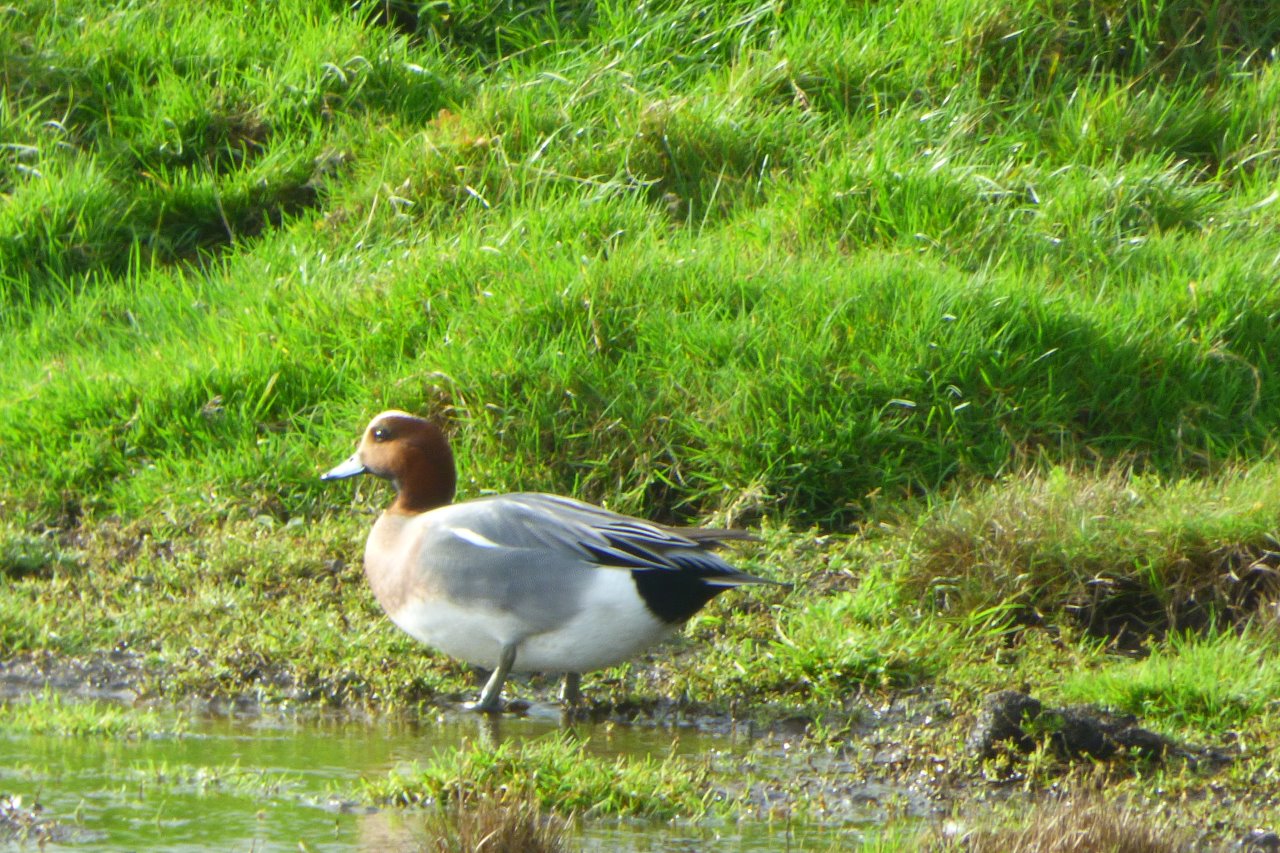
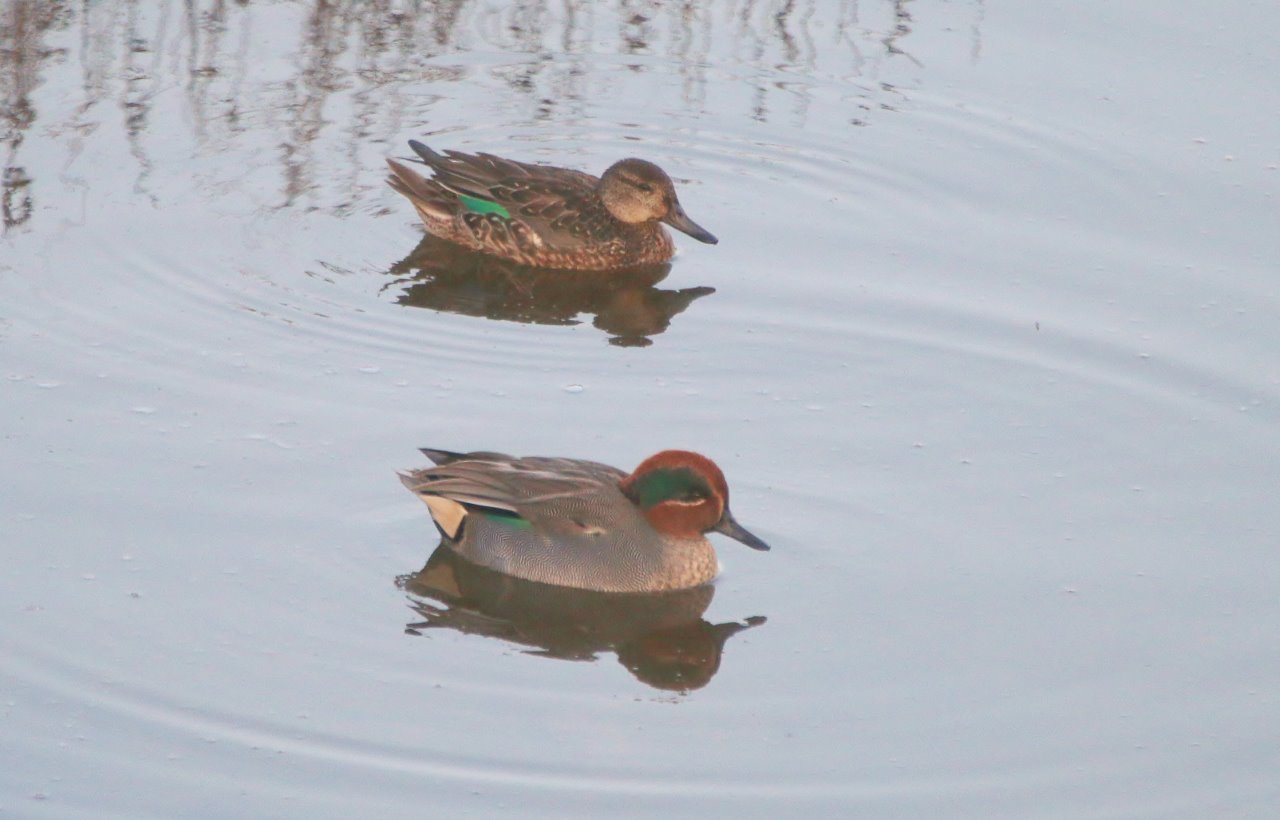
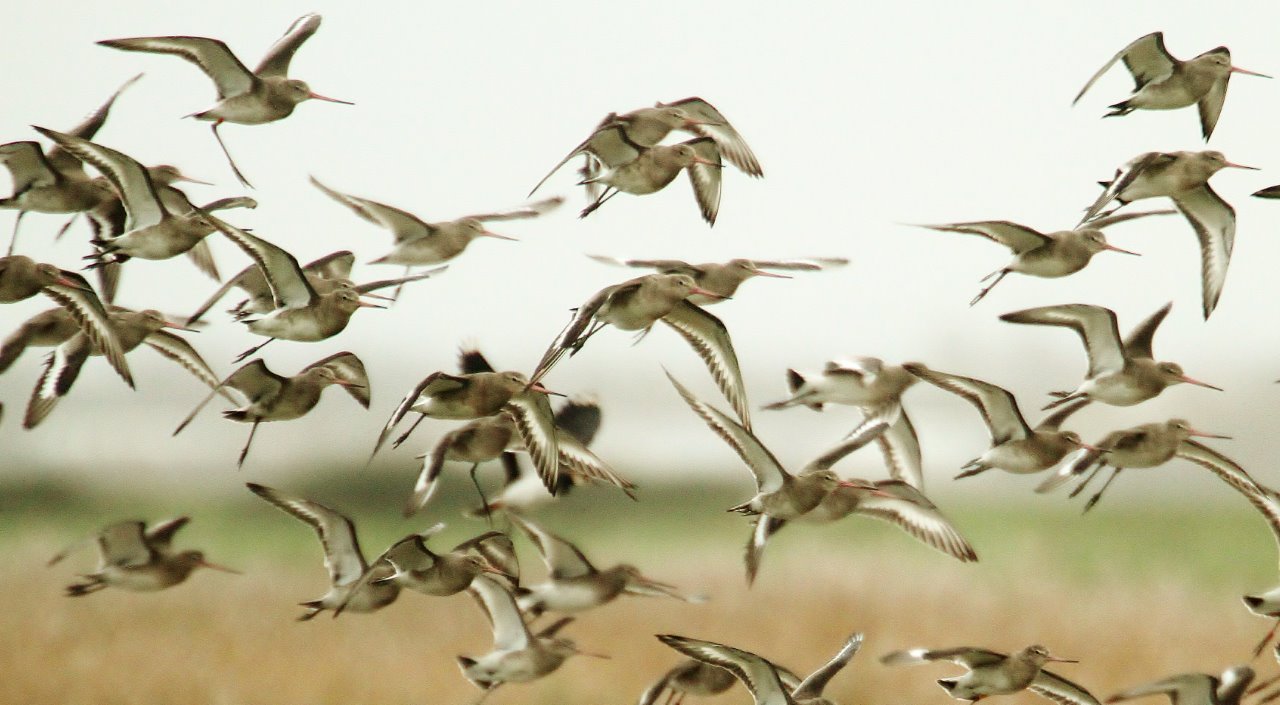
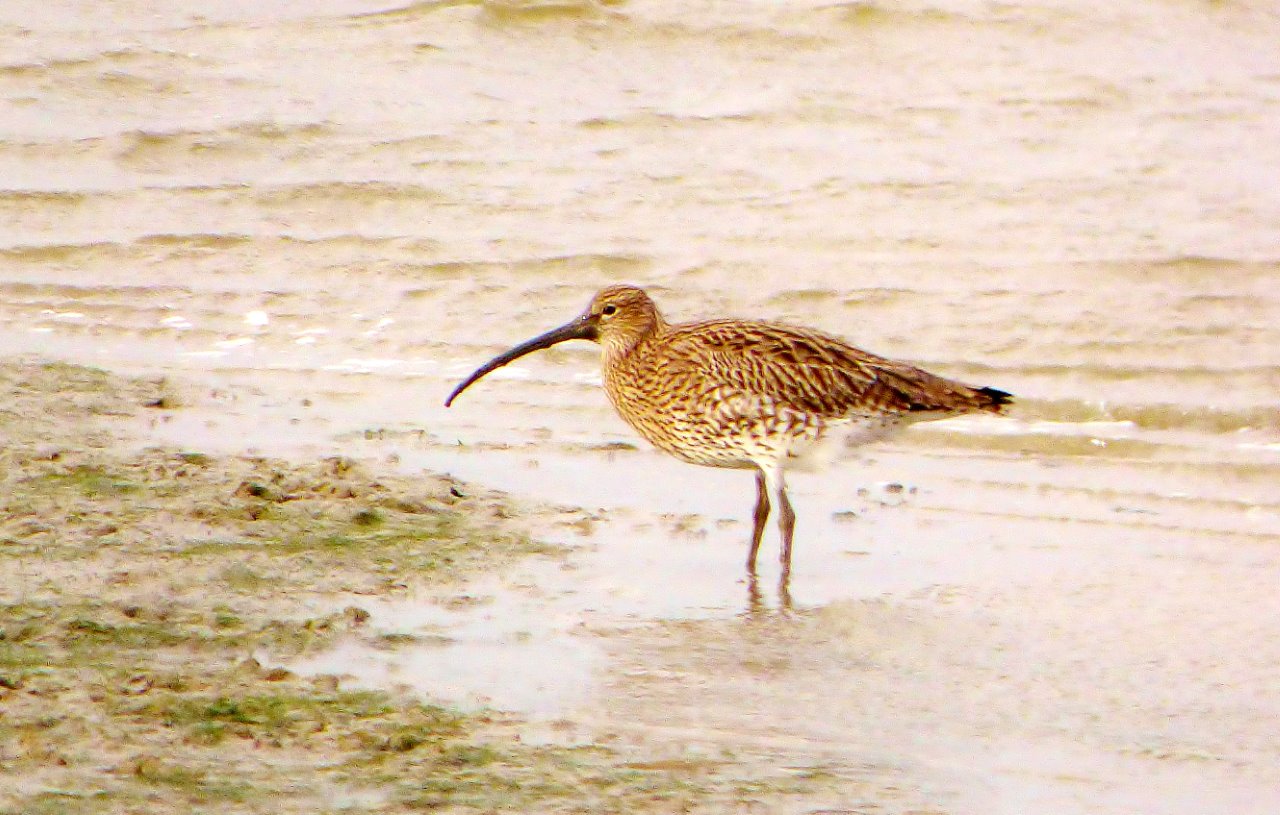
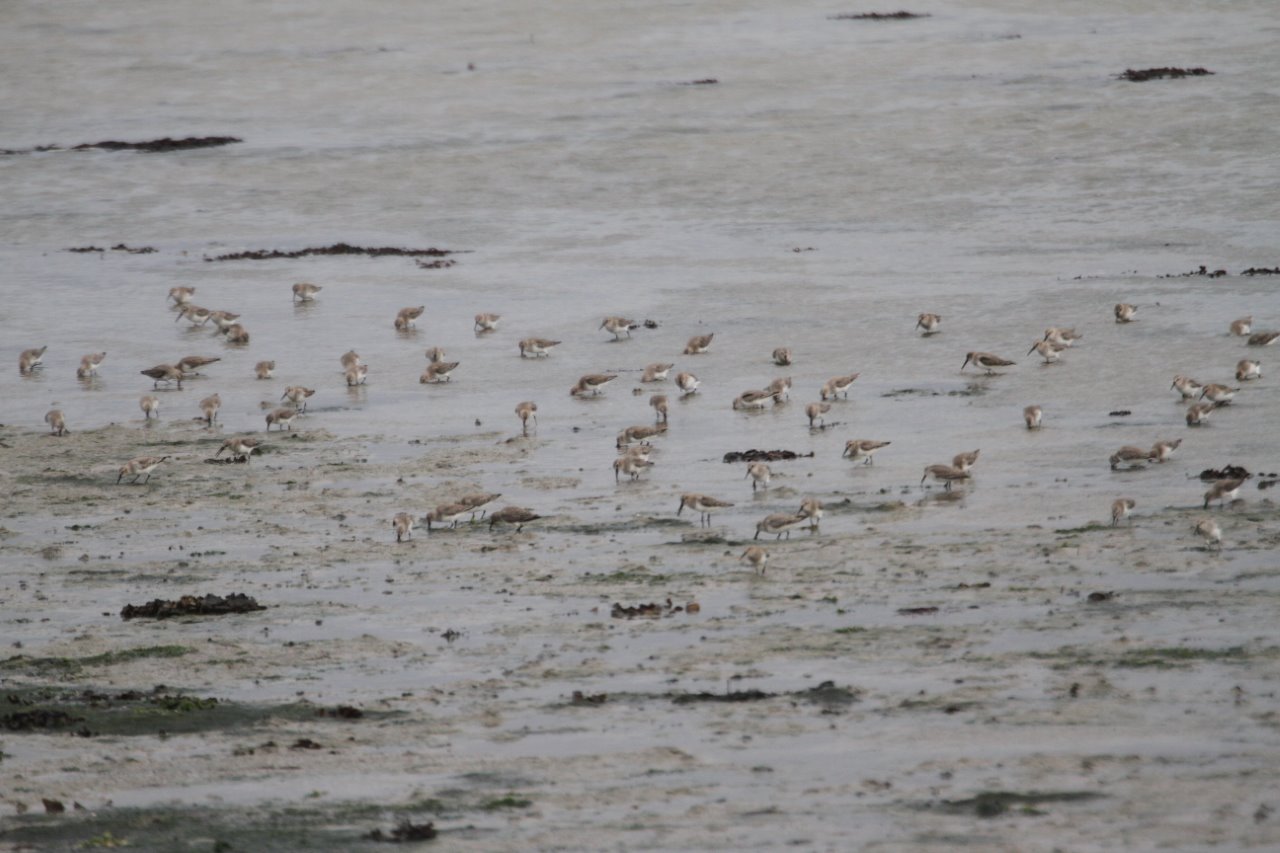
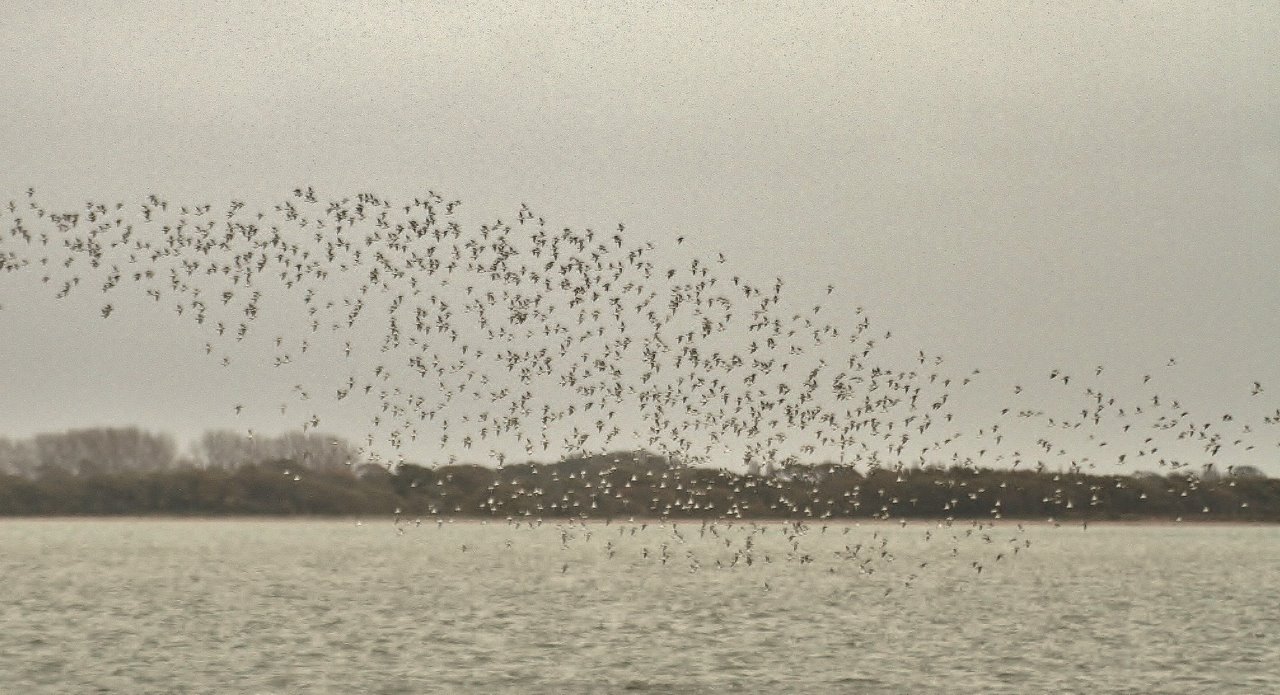
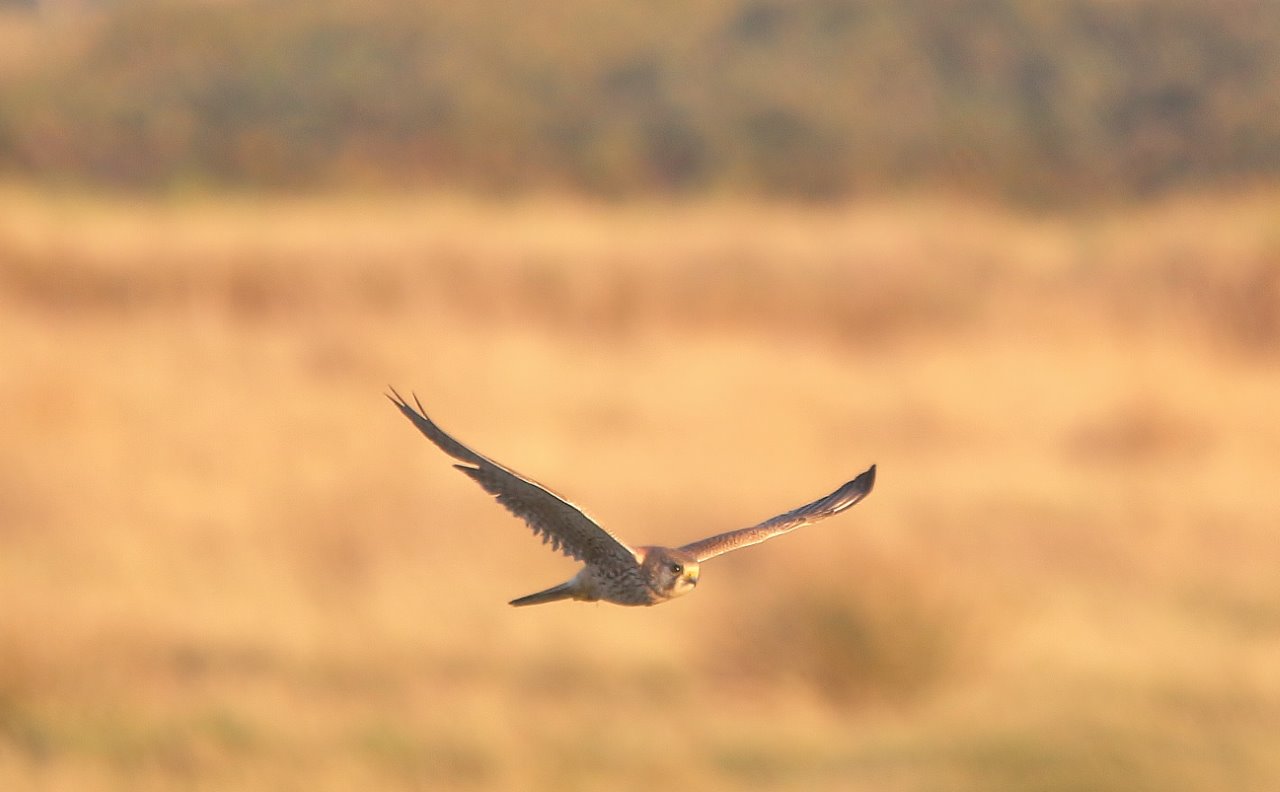
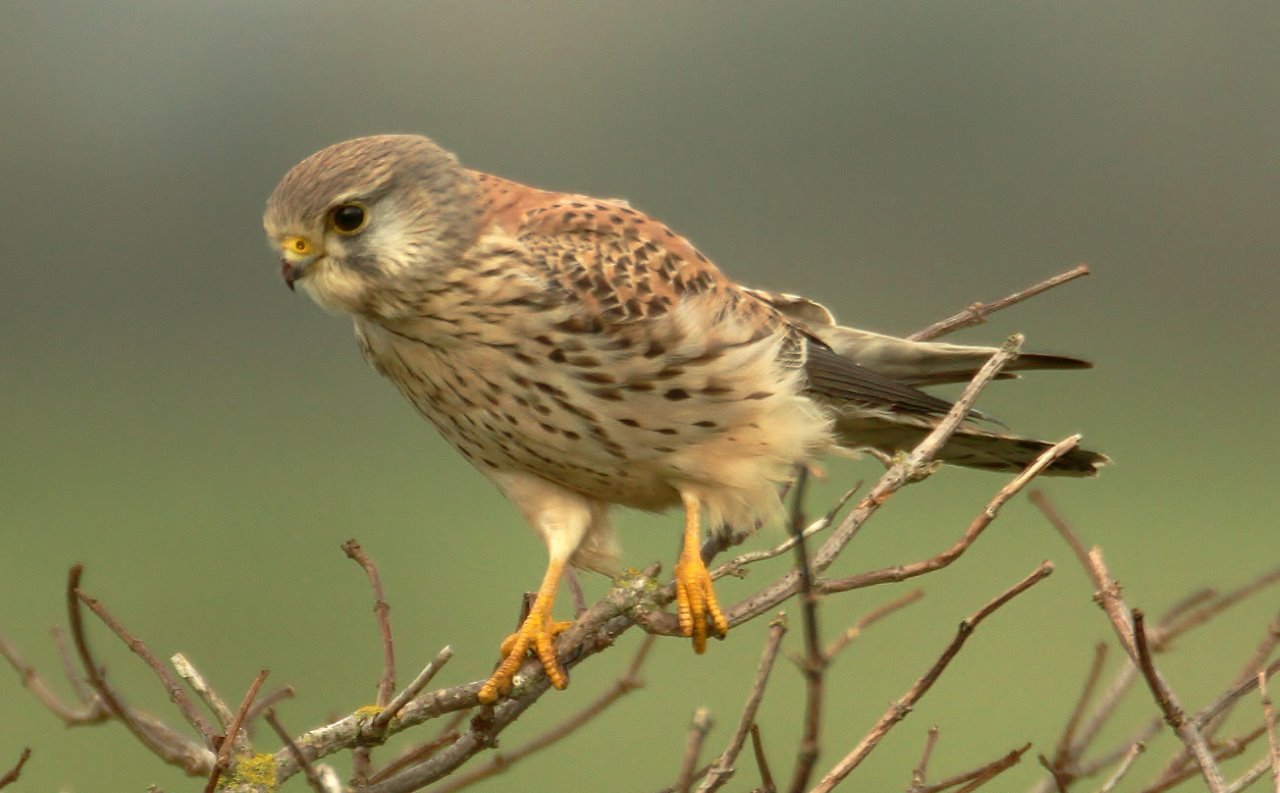
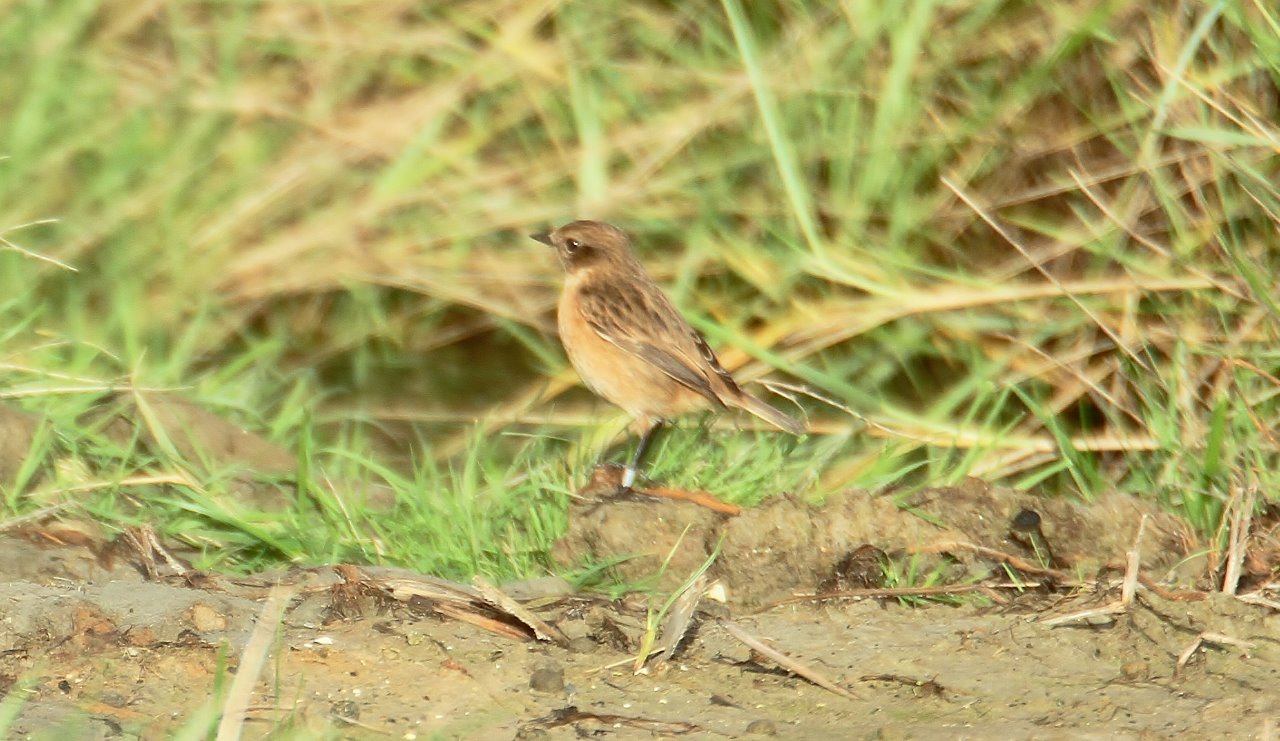
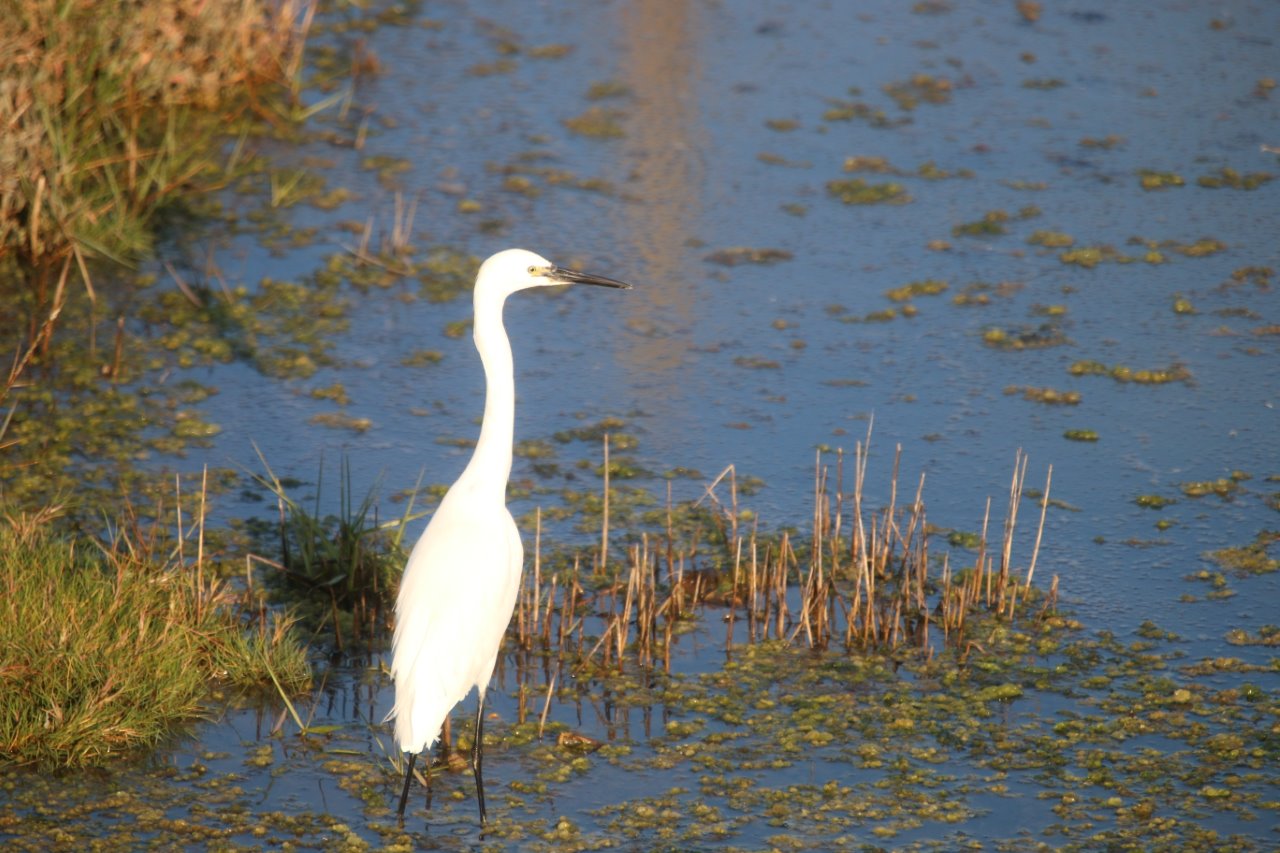
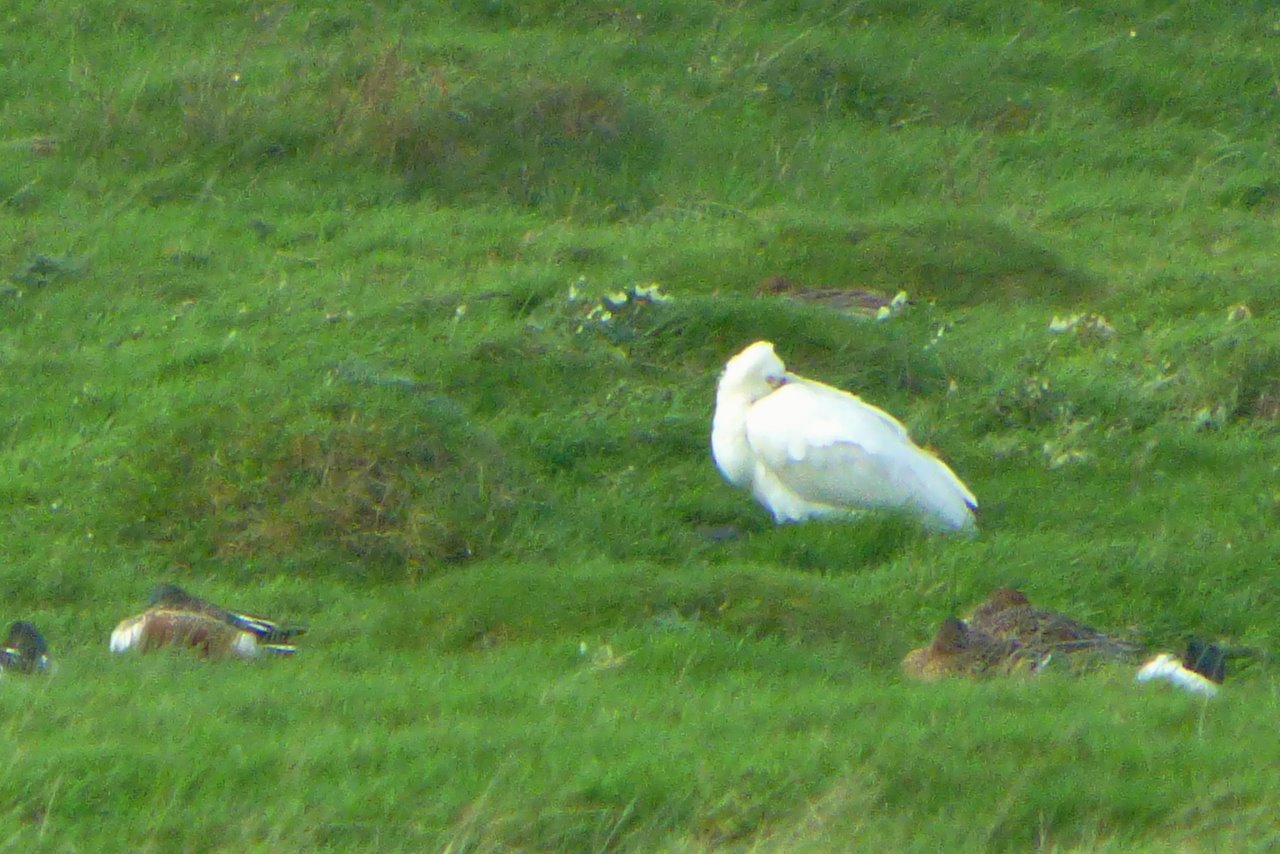
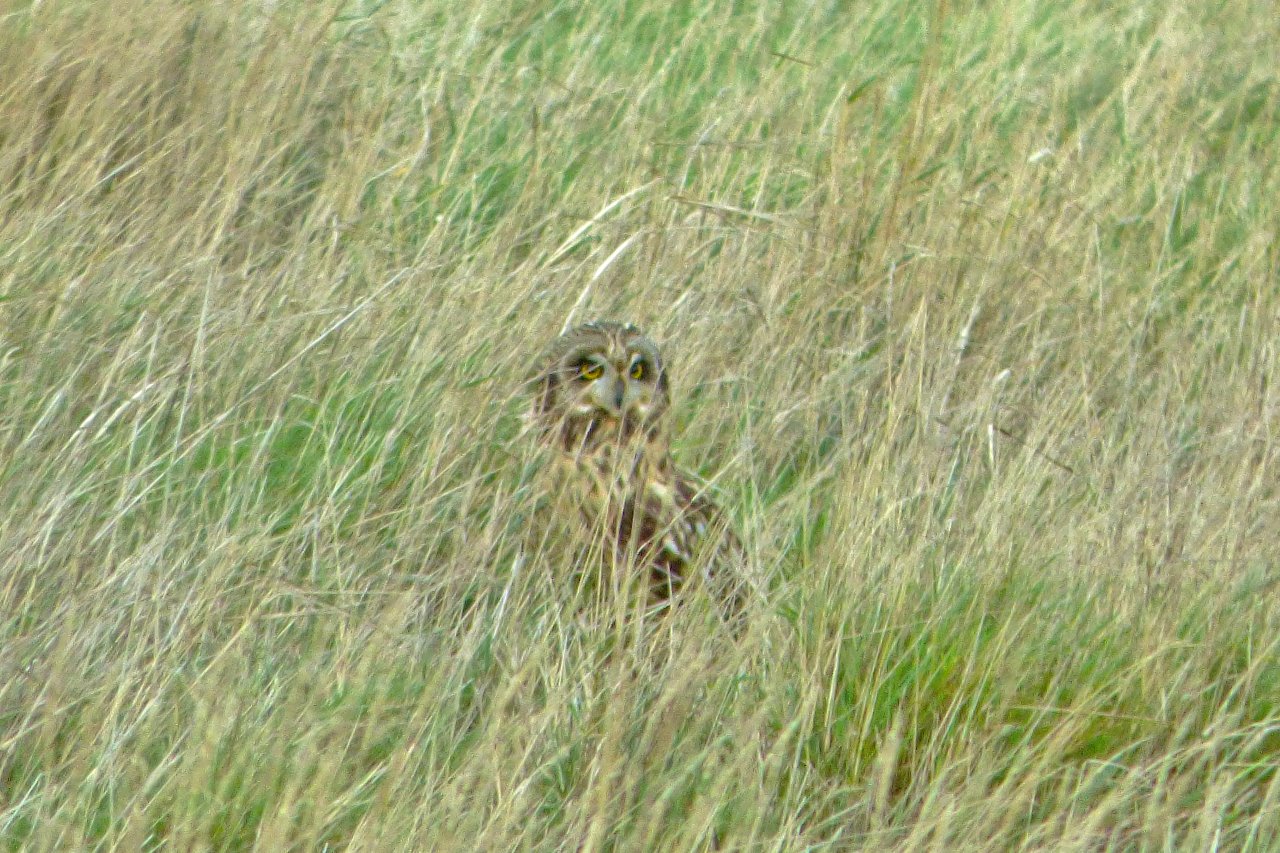
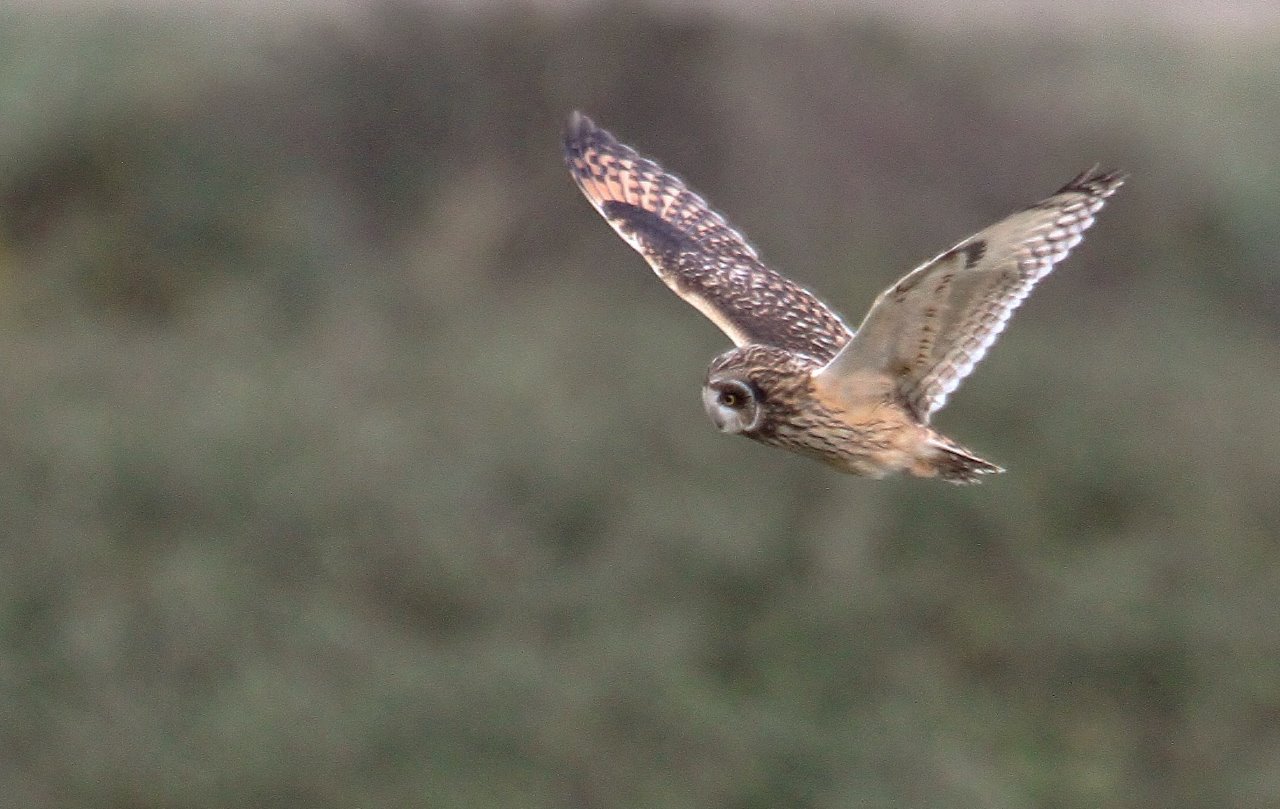




Lisa Wright
November 30, 2015 at 1:30 pm
Great diary this month.
I’m keen to visit some of these places but have no idea where they are. Do you have a map?
Barbara Morrison
November 30, 2015 at 7:04 pm
Another wonderful article.
I moved to the Portsmouth area from Guildford two years ago and I have always followed your reports then and now.
The waxwings in Onslow in 2013 were fantastic.
They aren’t camera shy at all and we got some great shots – thanks to your reports alerting us to their presence.
Your sightings at Farlington are now more important to us, but we haven’t had as much luck as you (evasive spoonbill is driving me mad).
But we did see the rather large flock of avocets there last year, so shouldn’t complain!
I do miss Whitmoor Common (former ‘local’) – the nightjars were always such a fantastic thing to watch and listen to.
Keep up the great work.
James Sellen
November 30, 2015 at 9:52 pm
Excellent report.
Short-eared owls always make good photos!
Malcolm Fincham
December 16, 2015 at 10:20 pm
Once again I wish to thank my readers for all comments made – the feedback is always inspiring.
I am also grateful to hear of any unusual sightings in local neighborhoods that I might be able to investigate.
I will also do my best to add links to some of the local sites I visit (where possible) to my future reports.